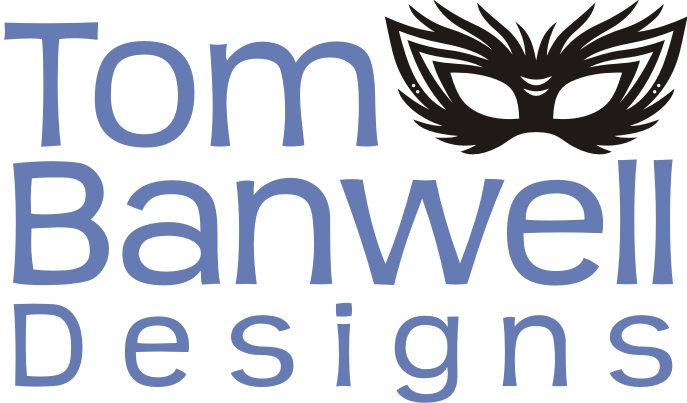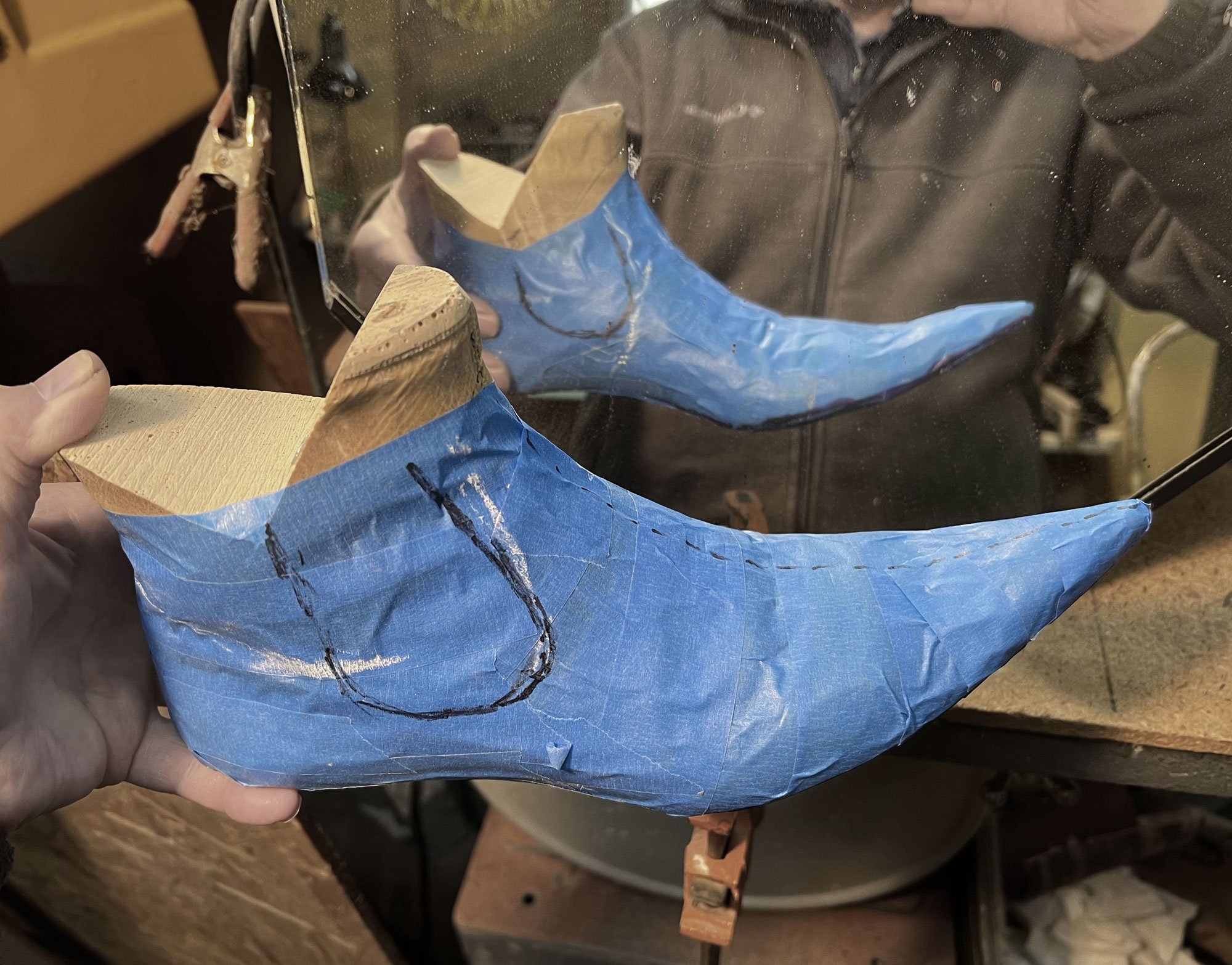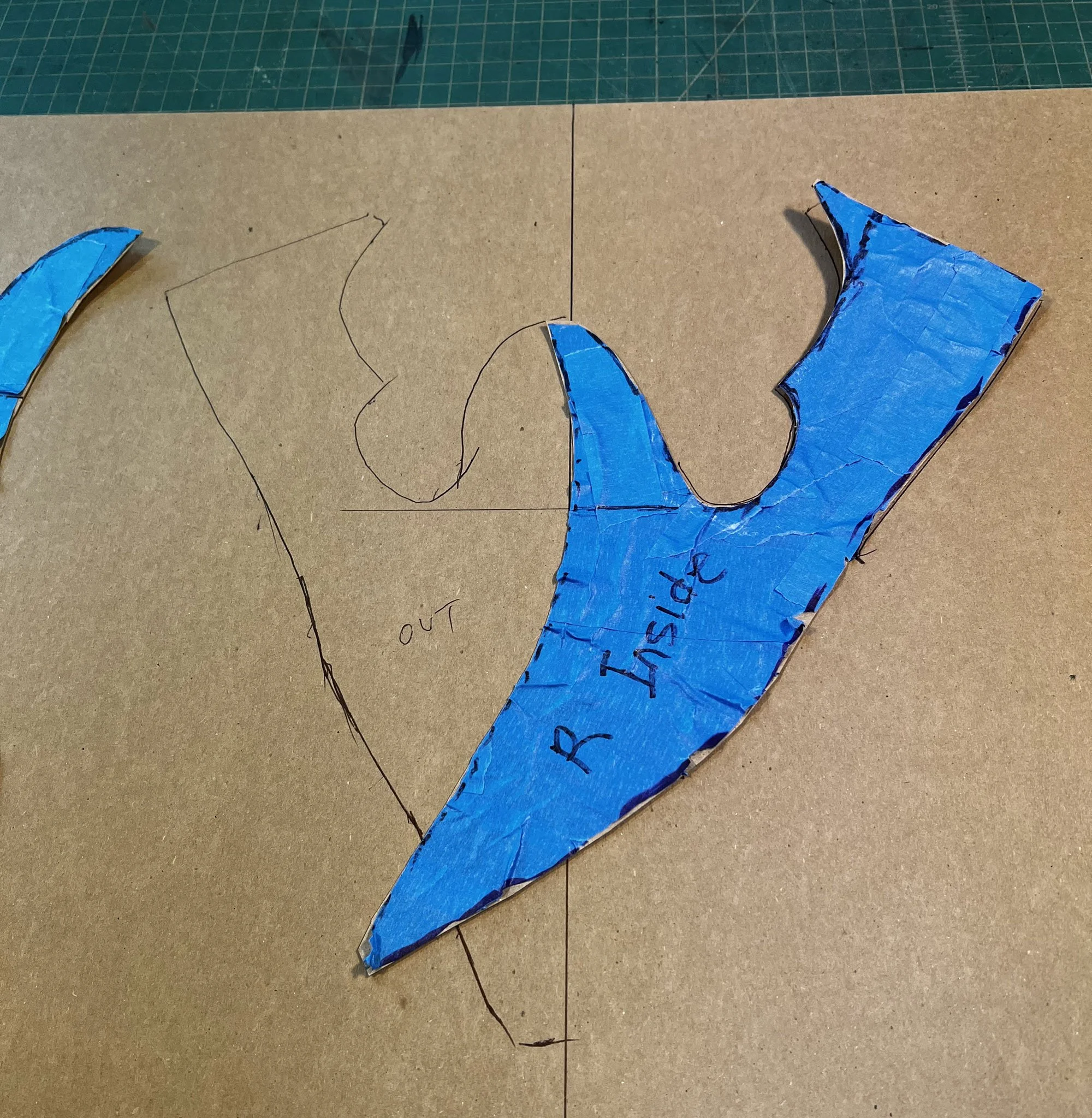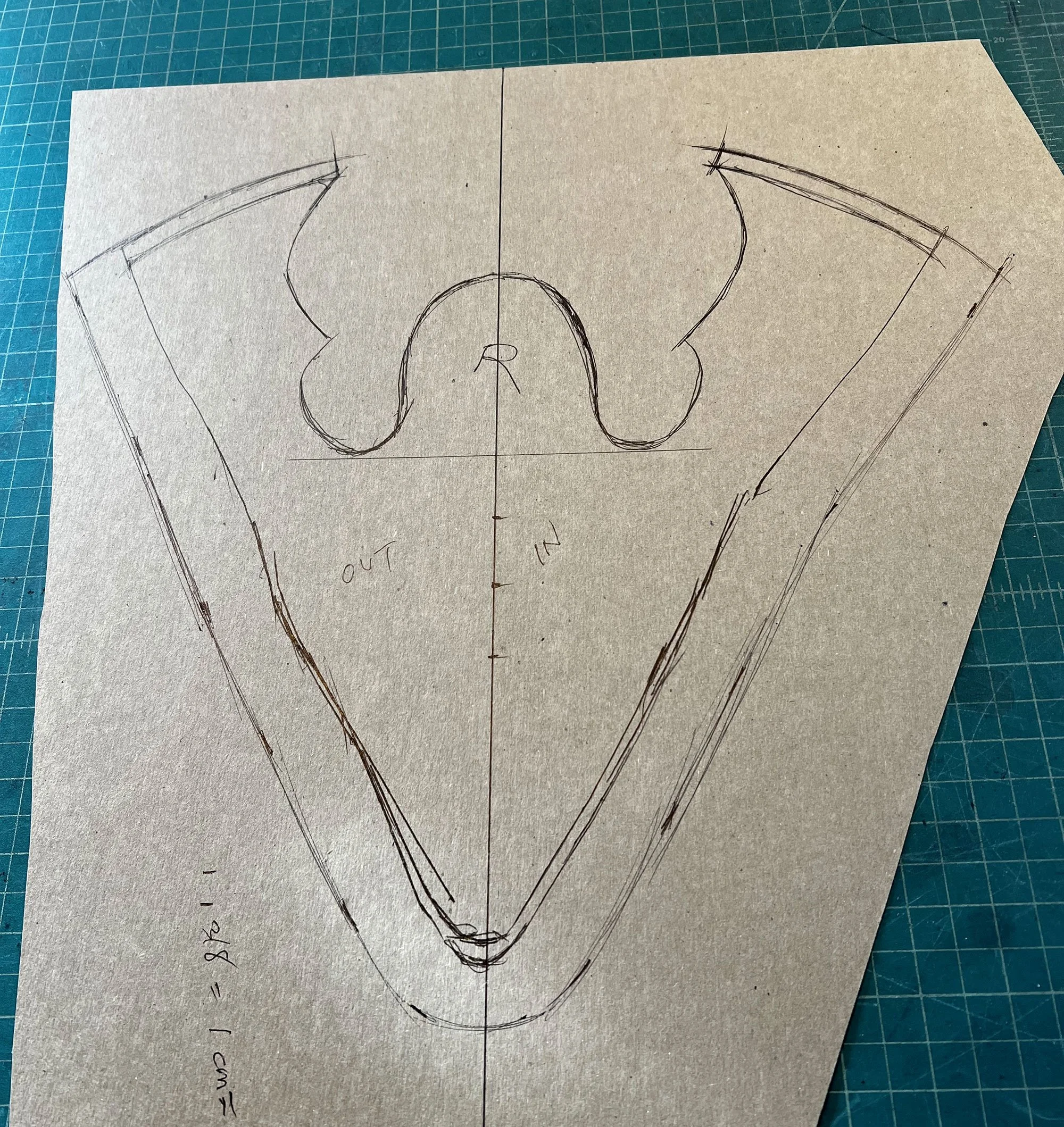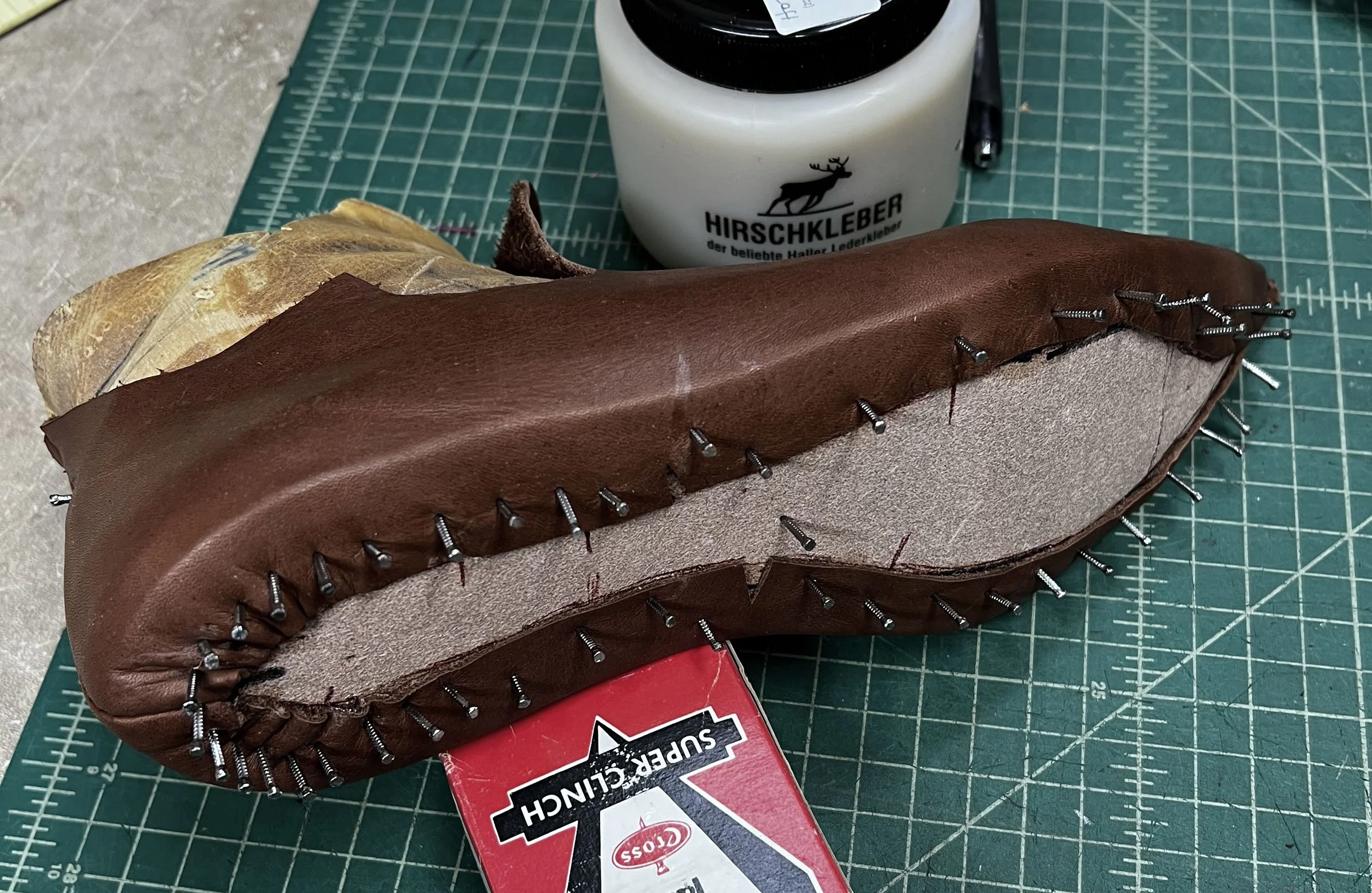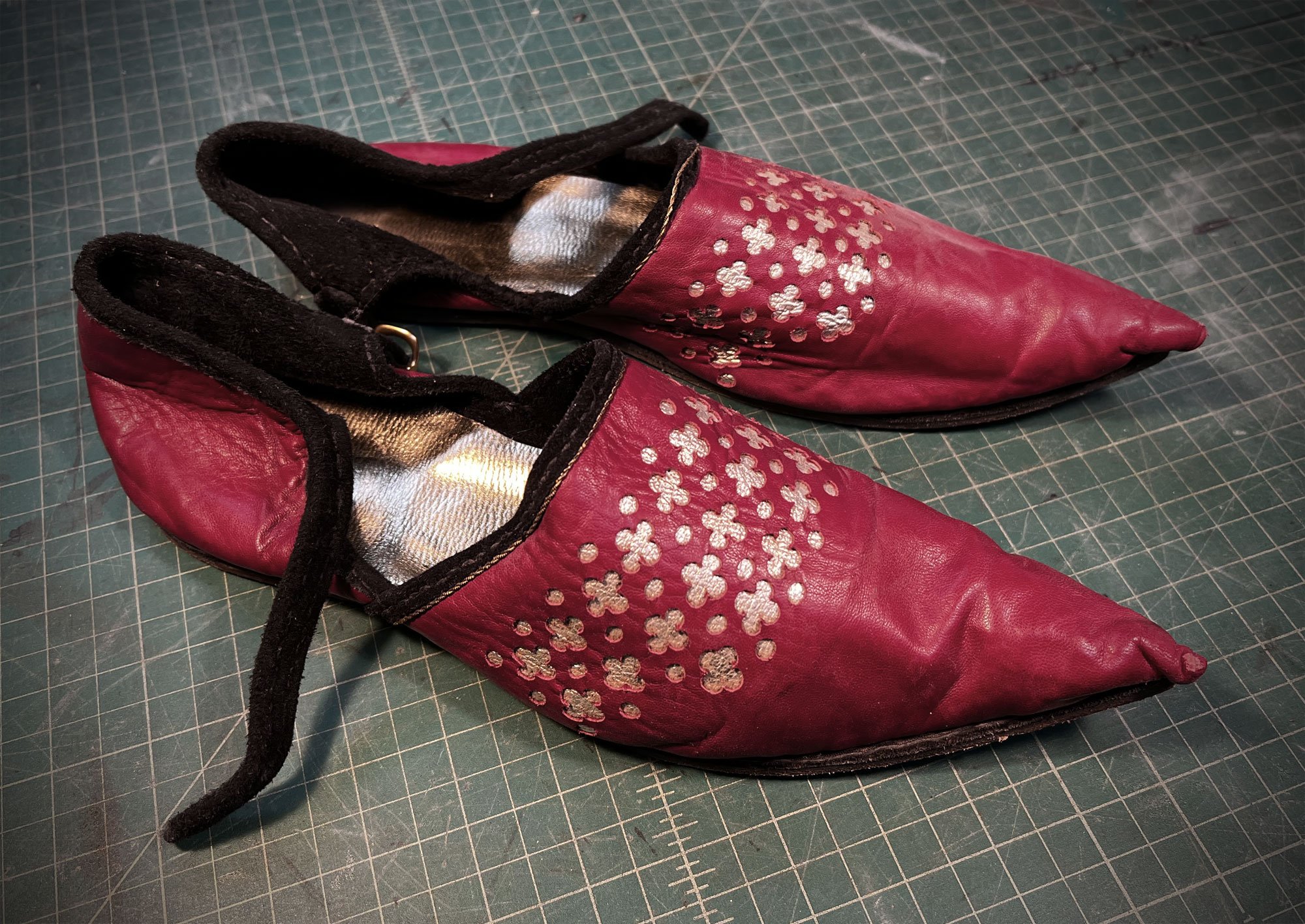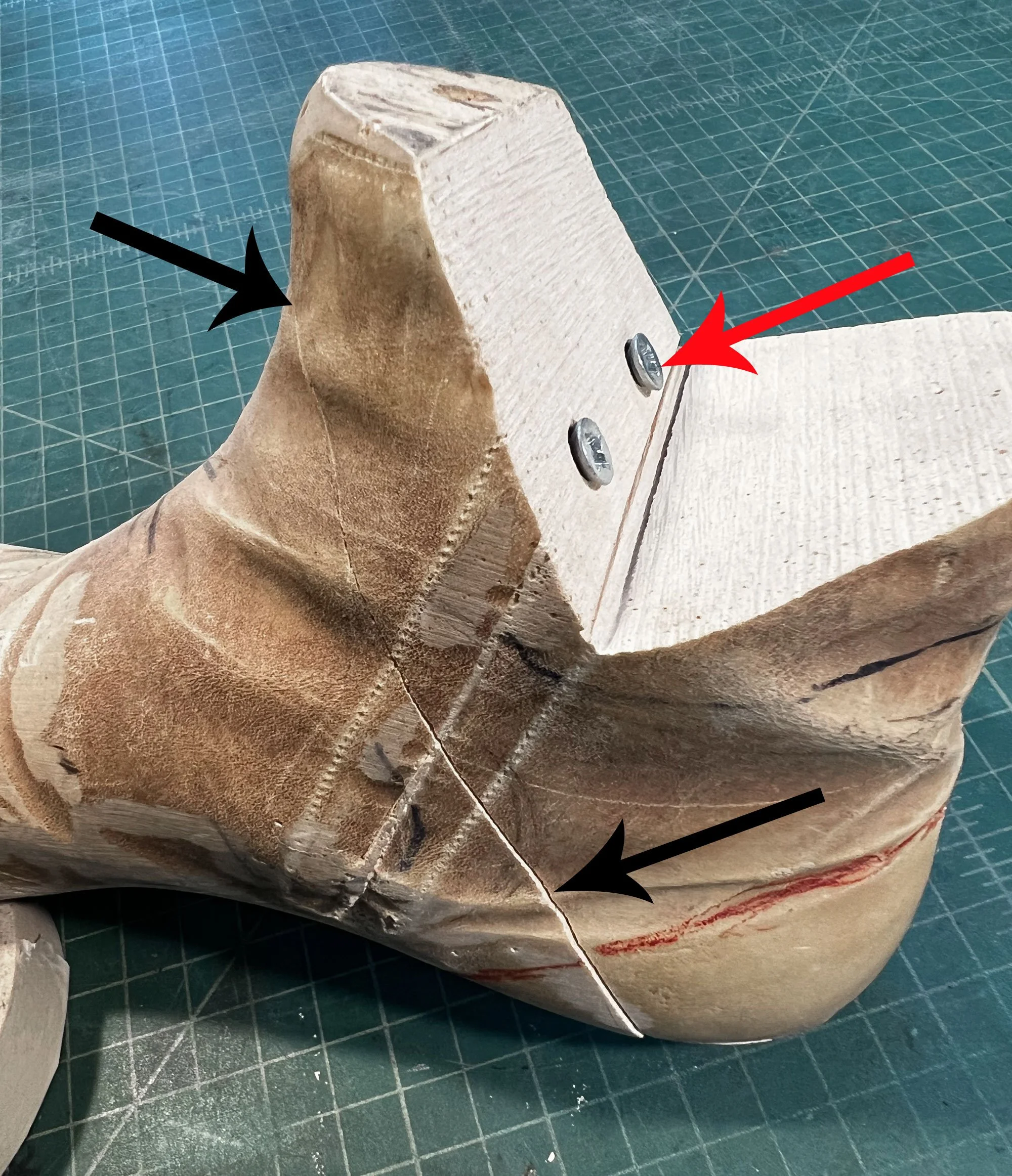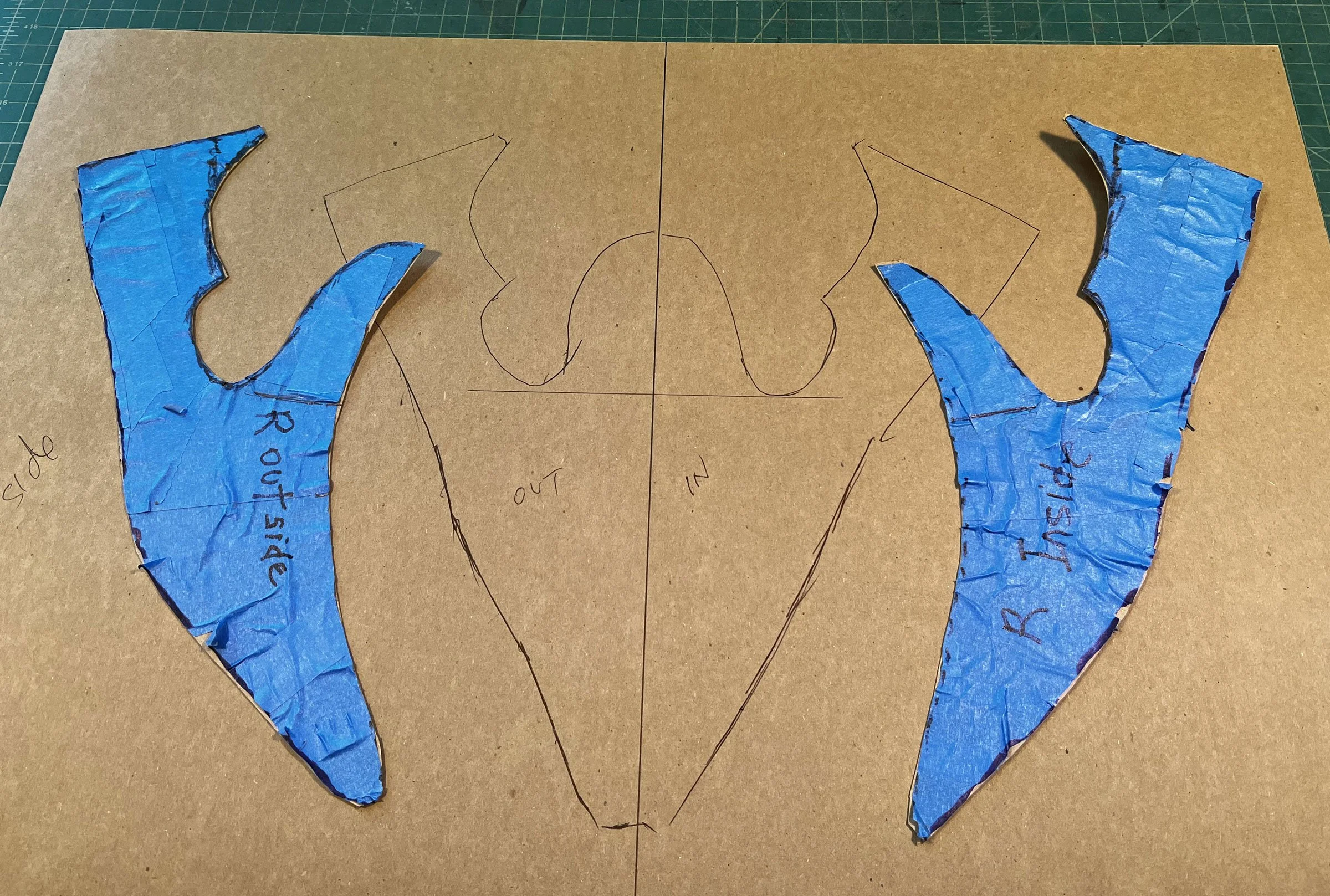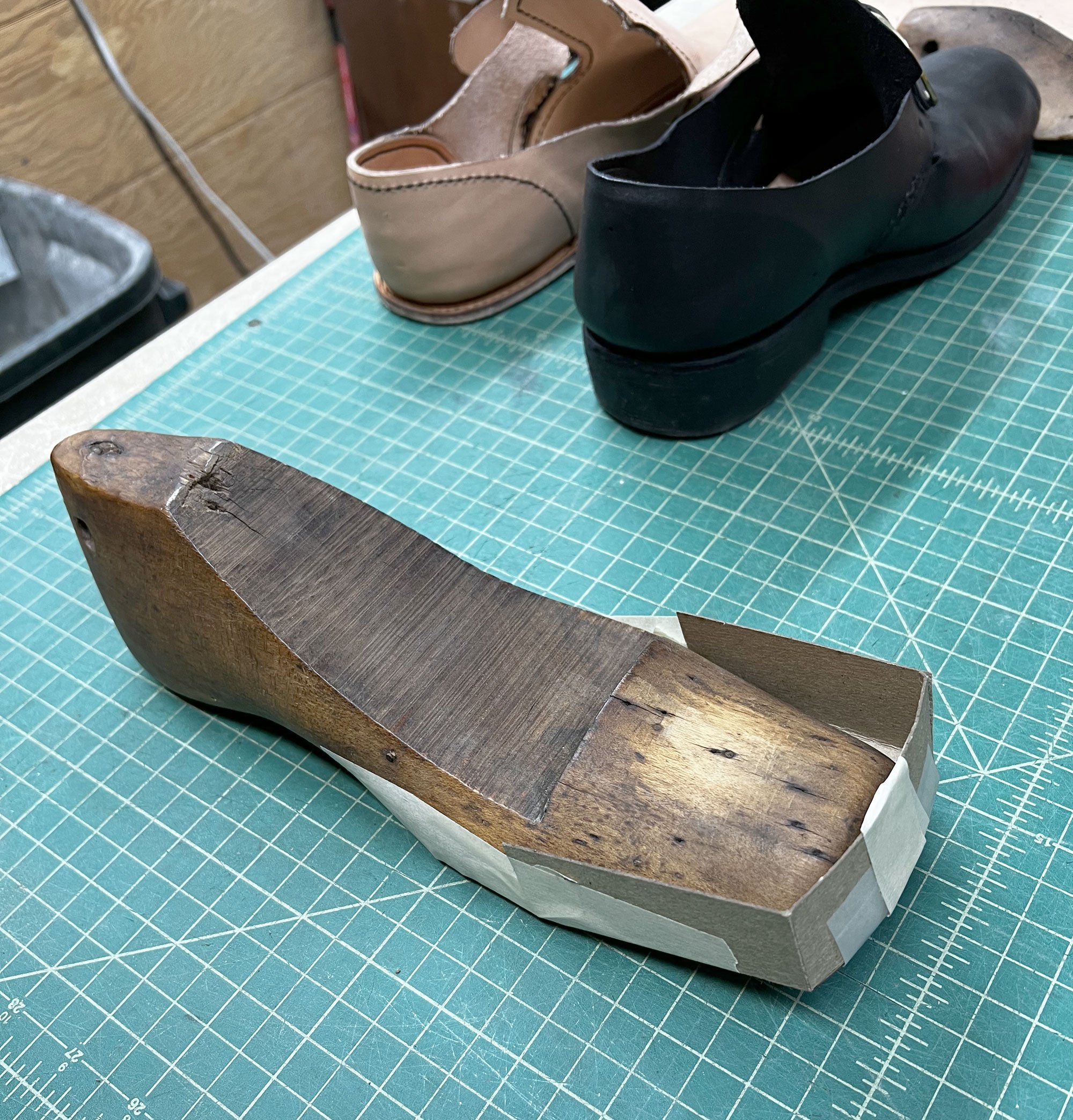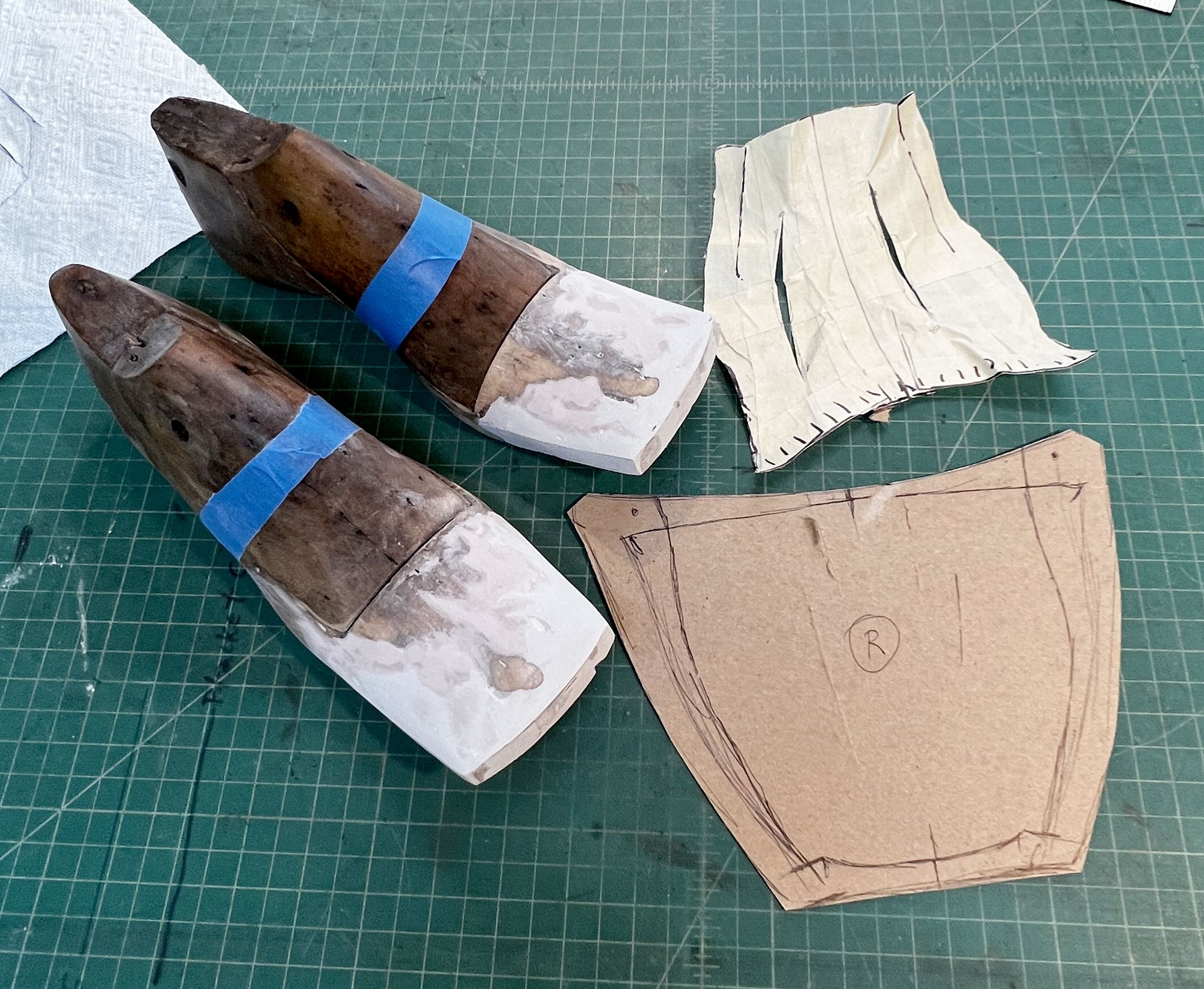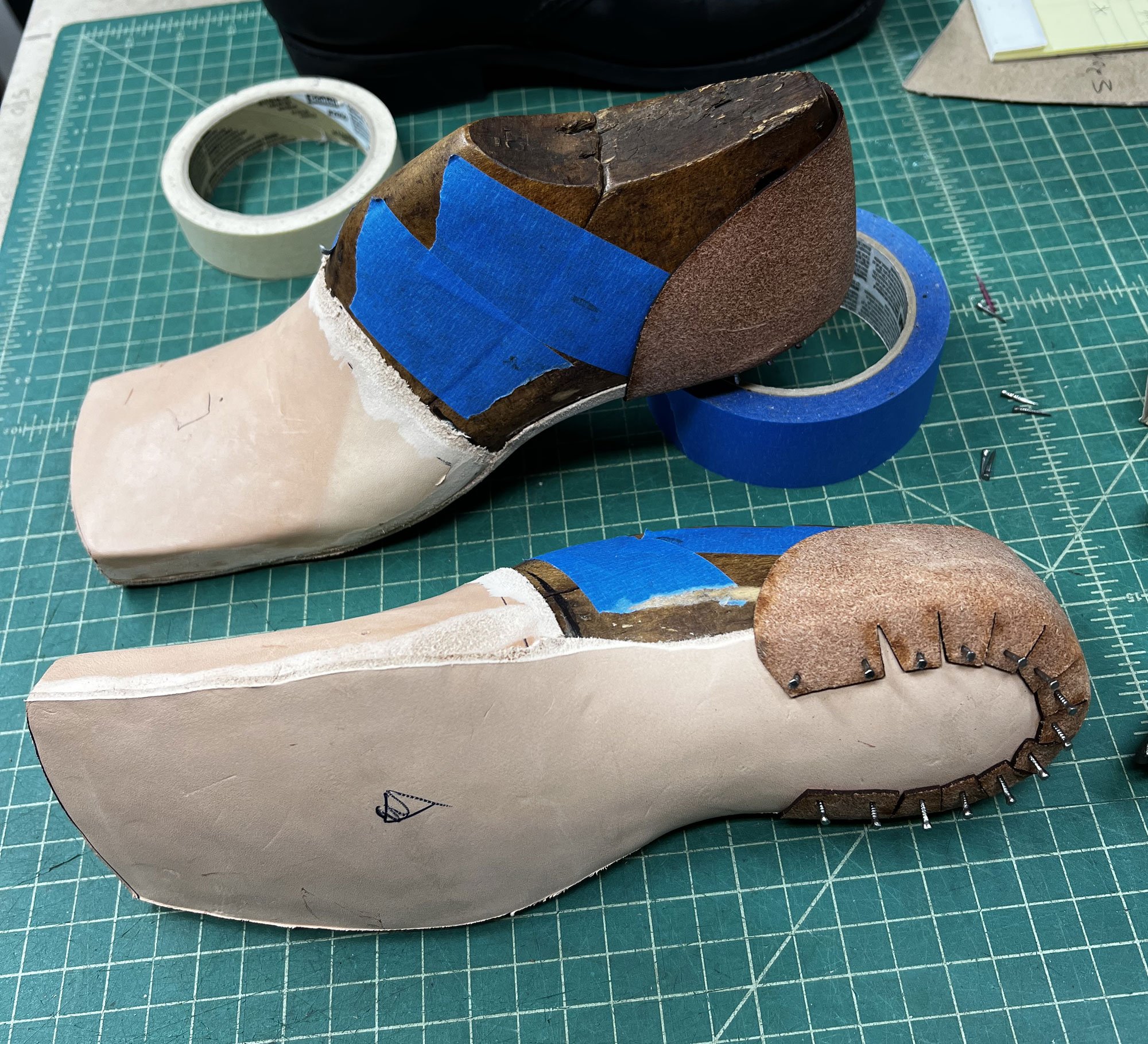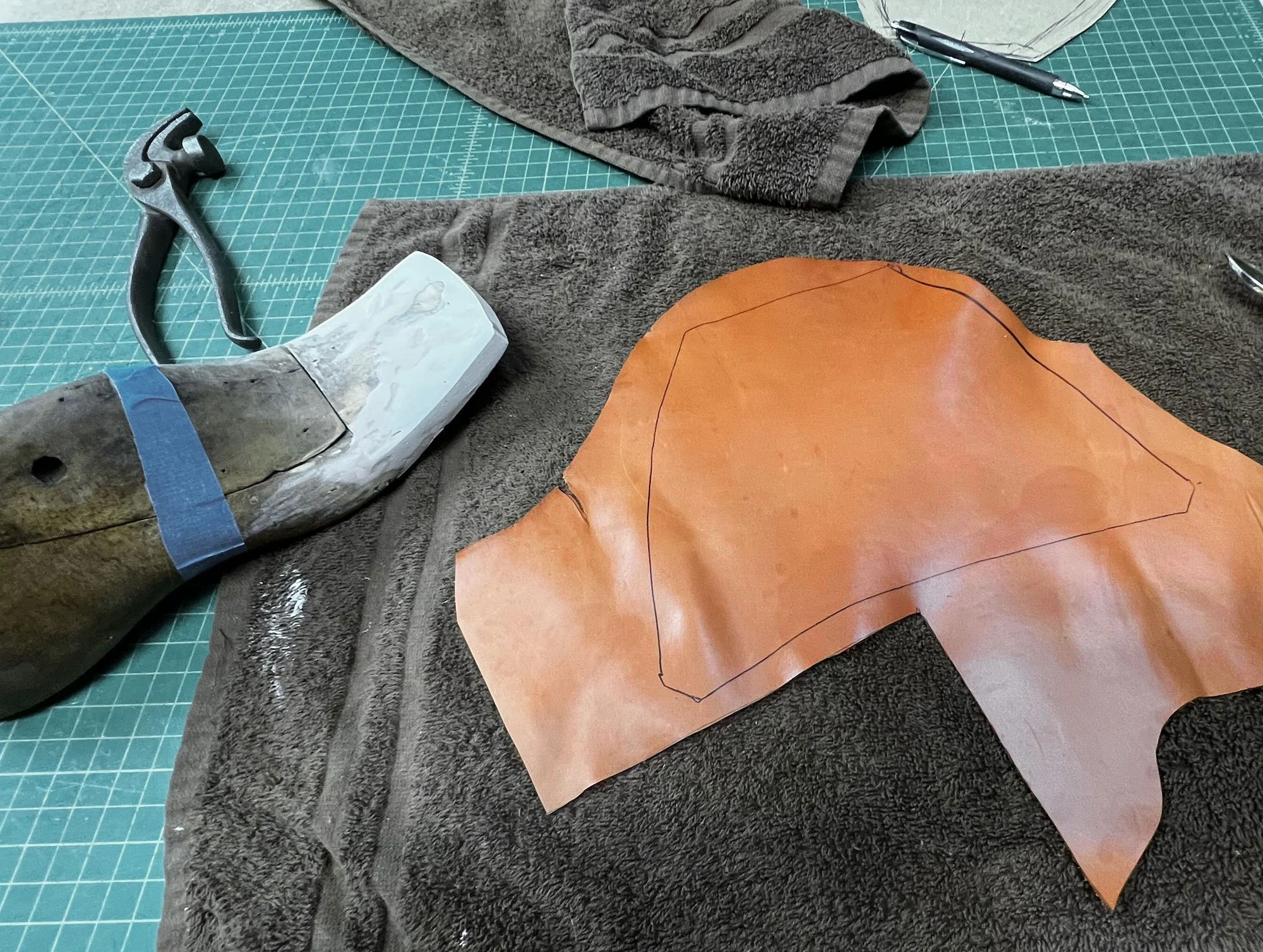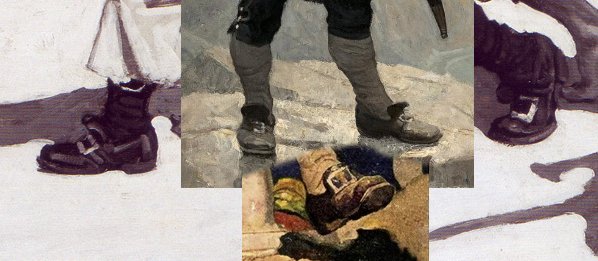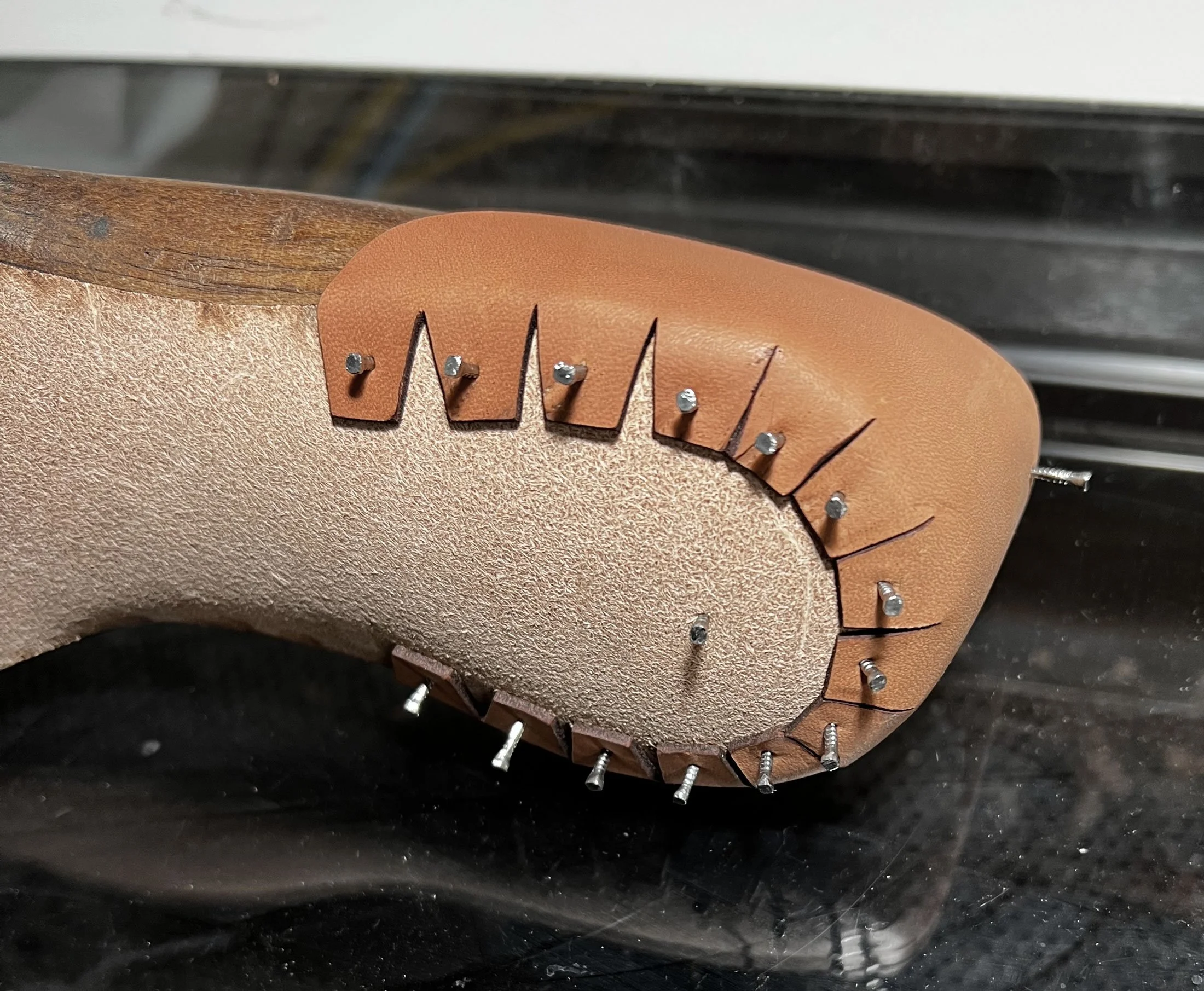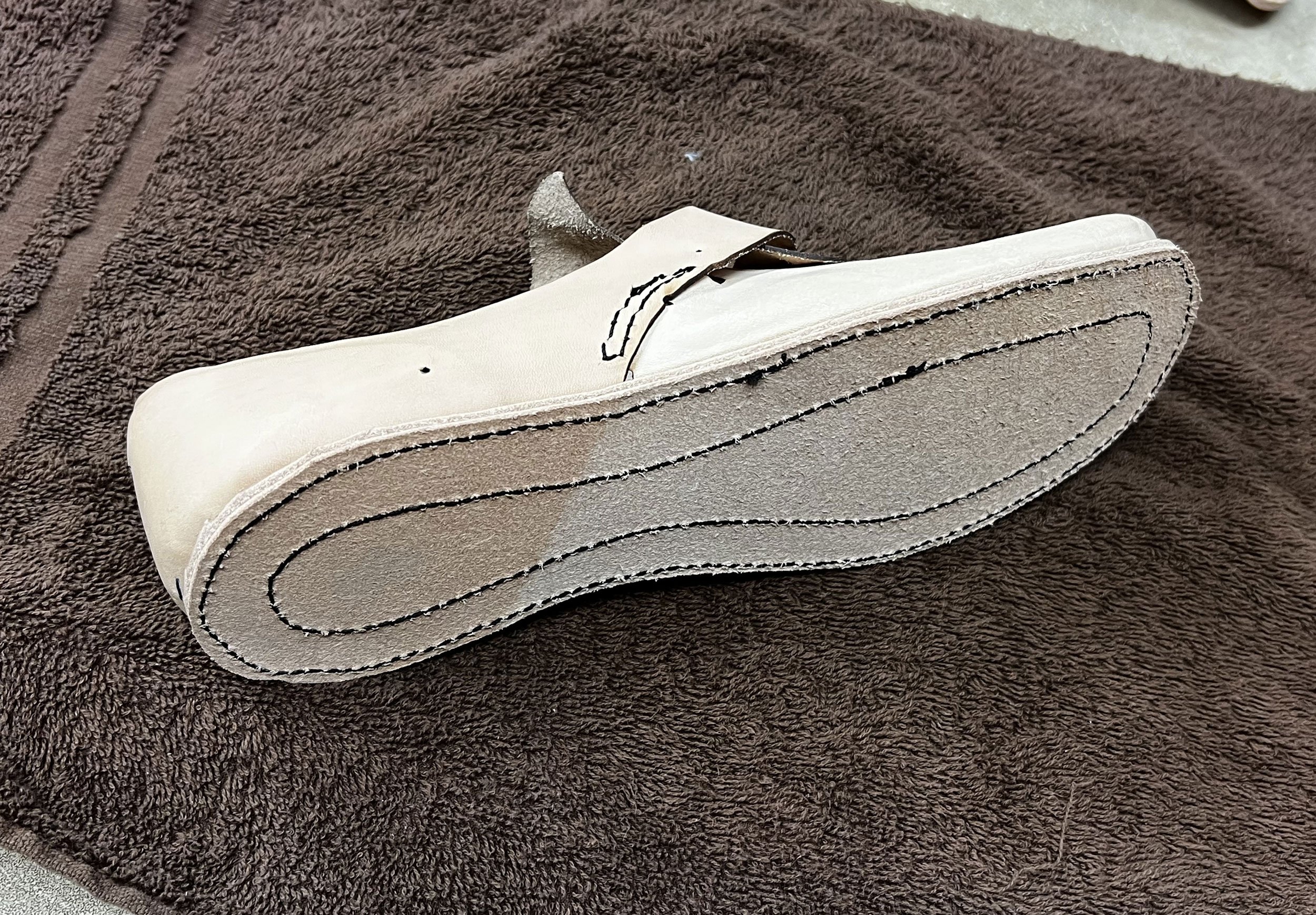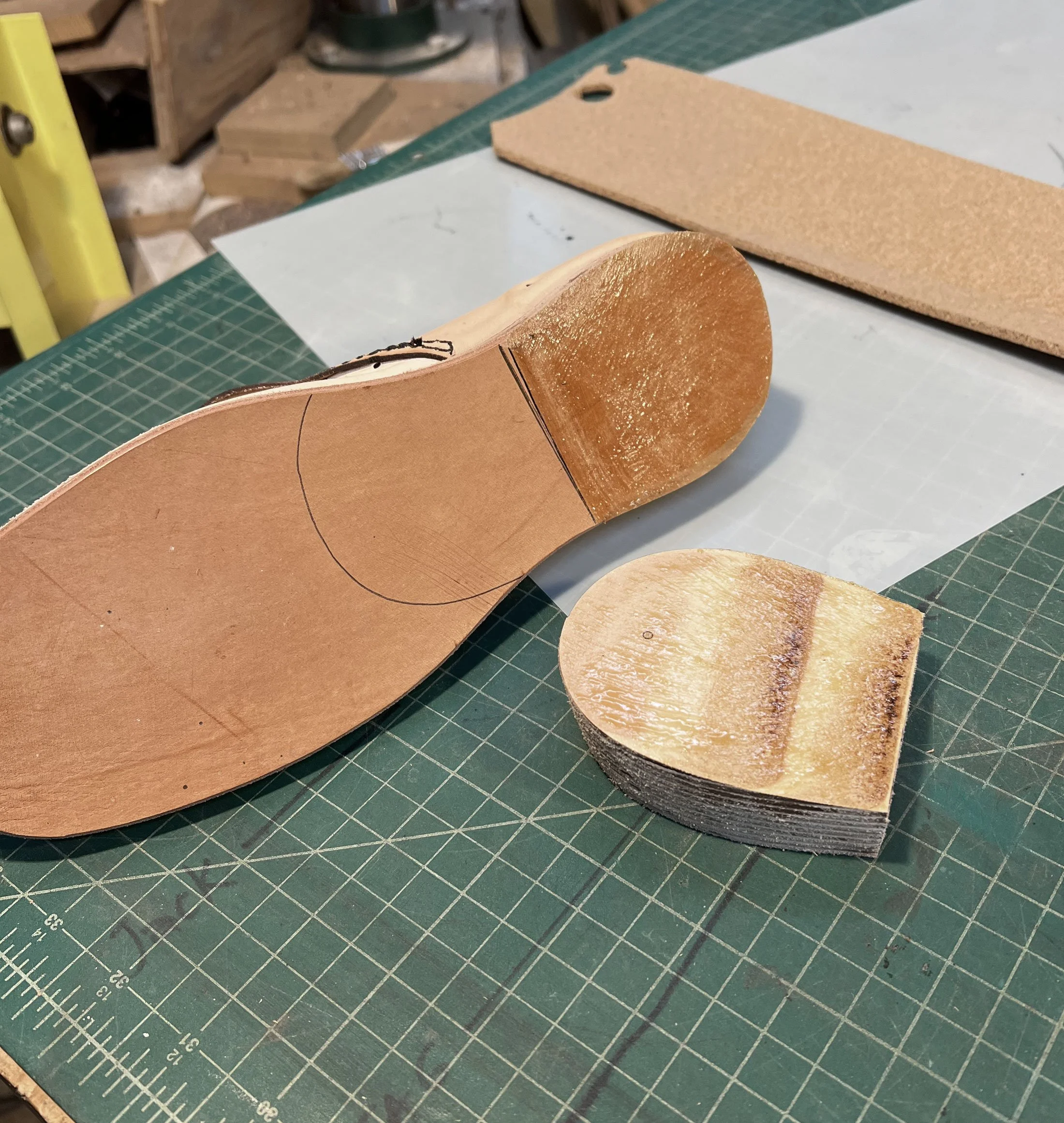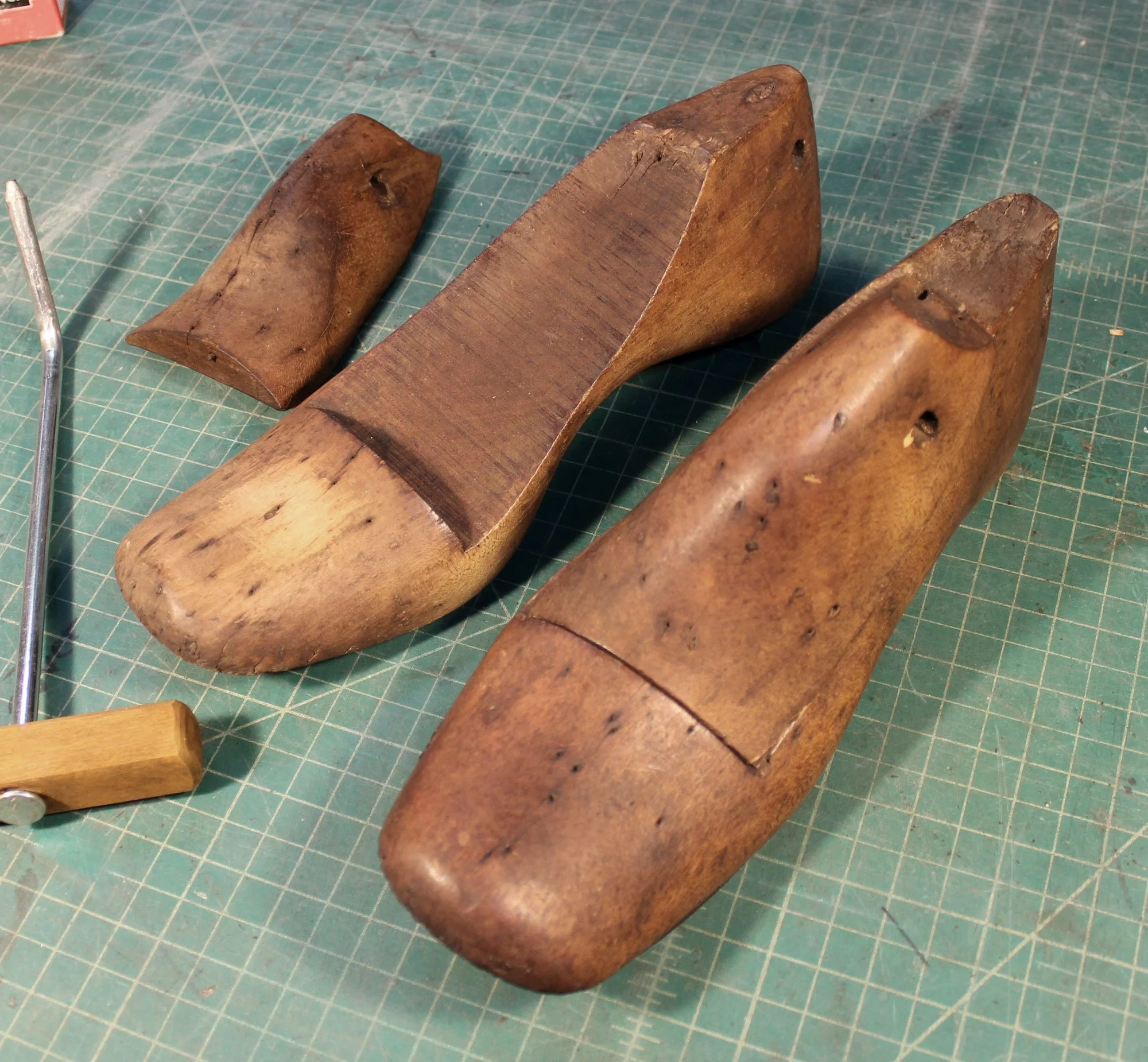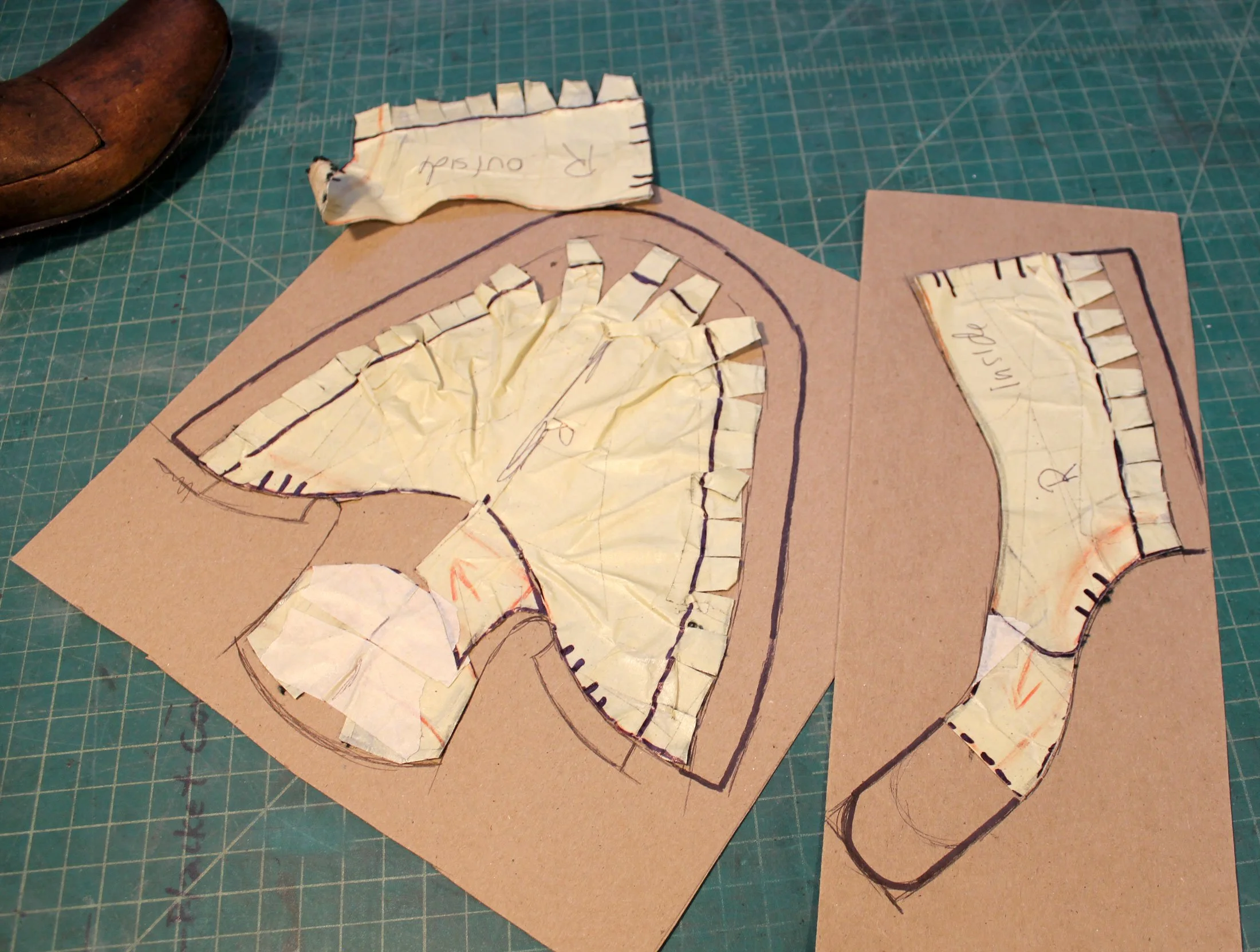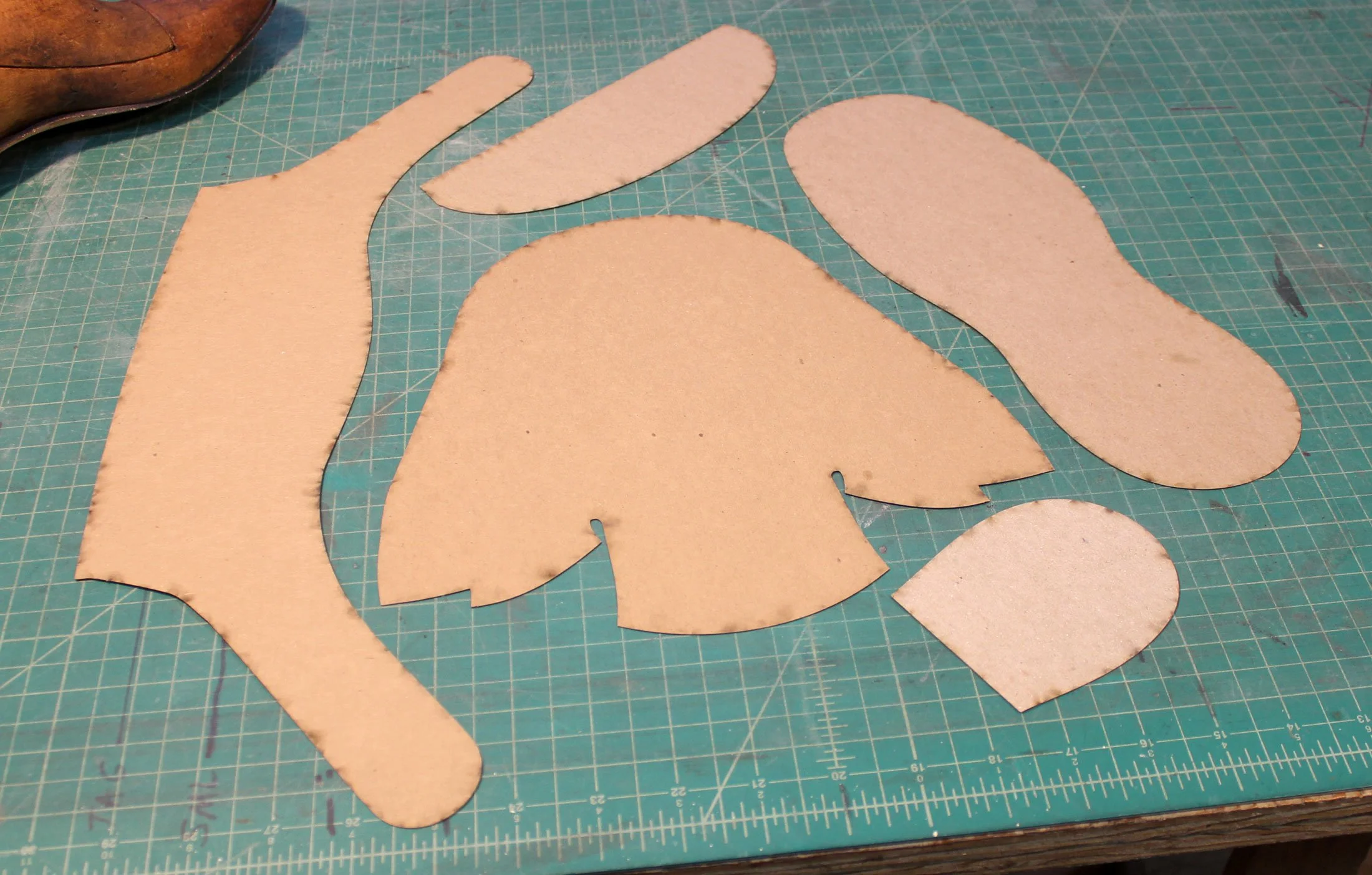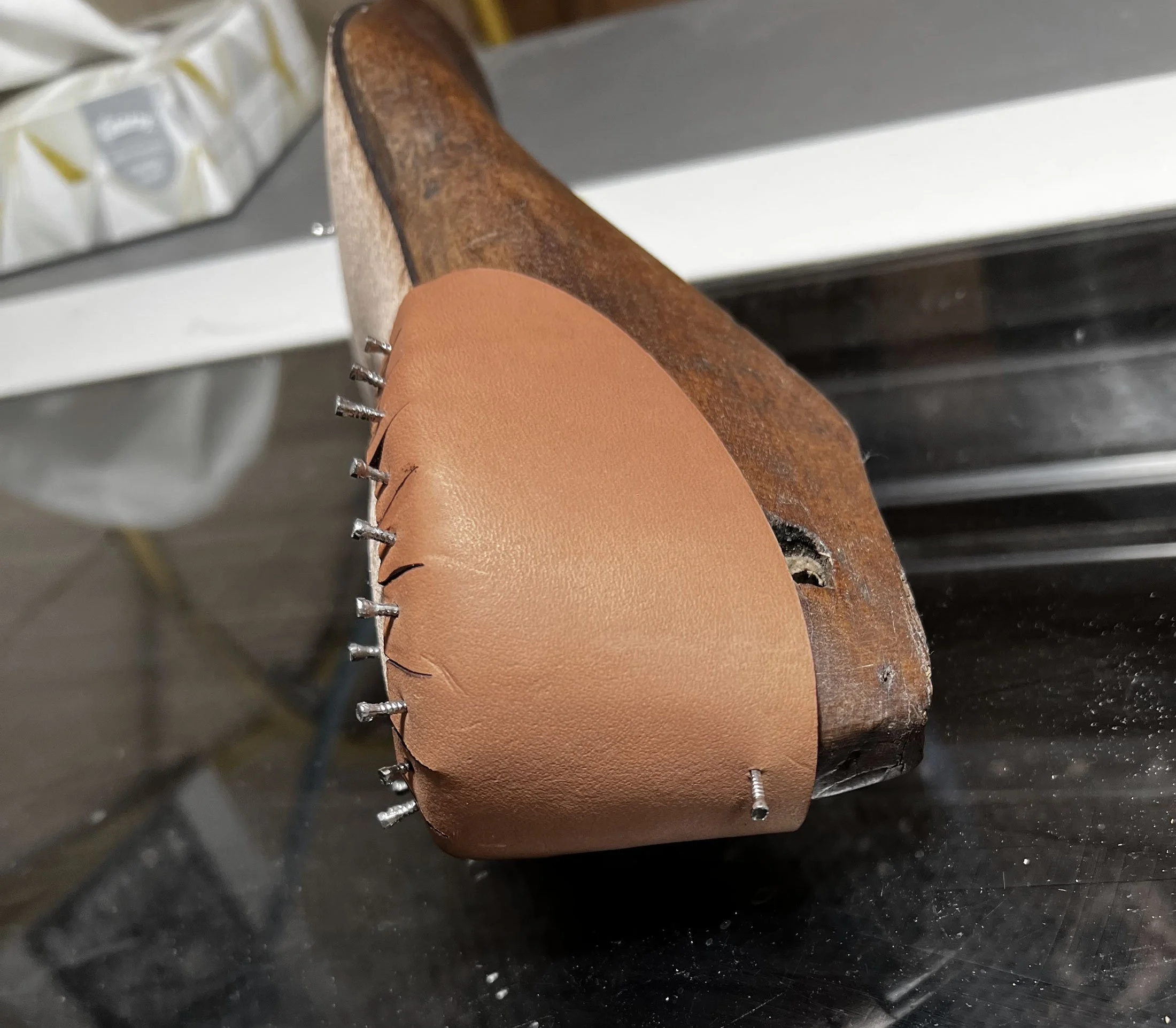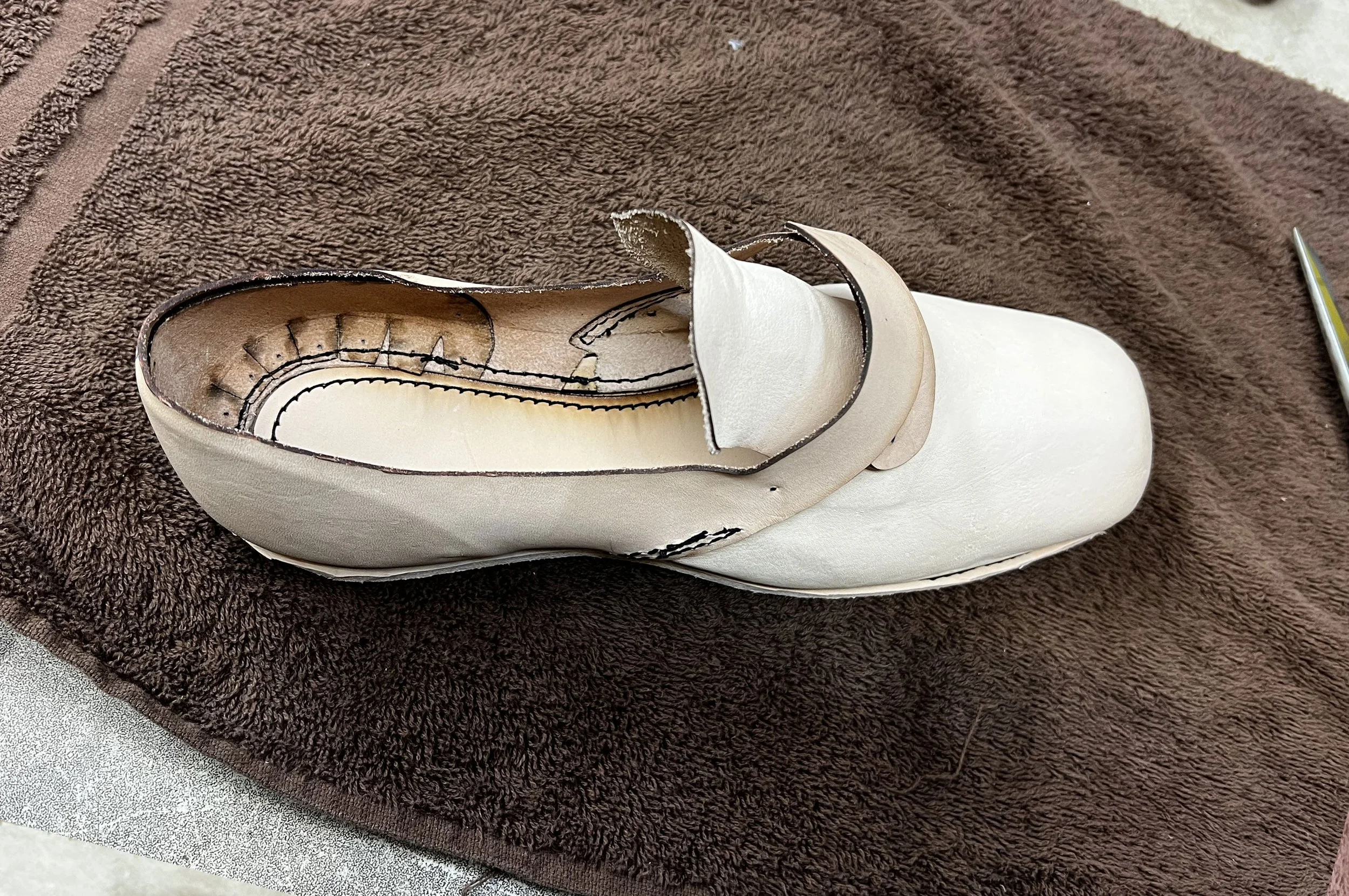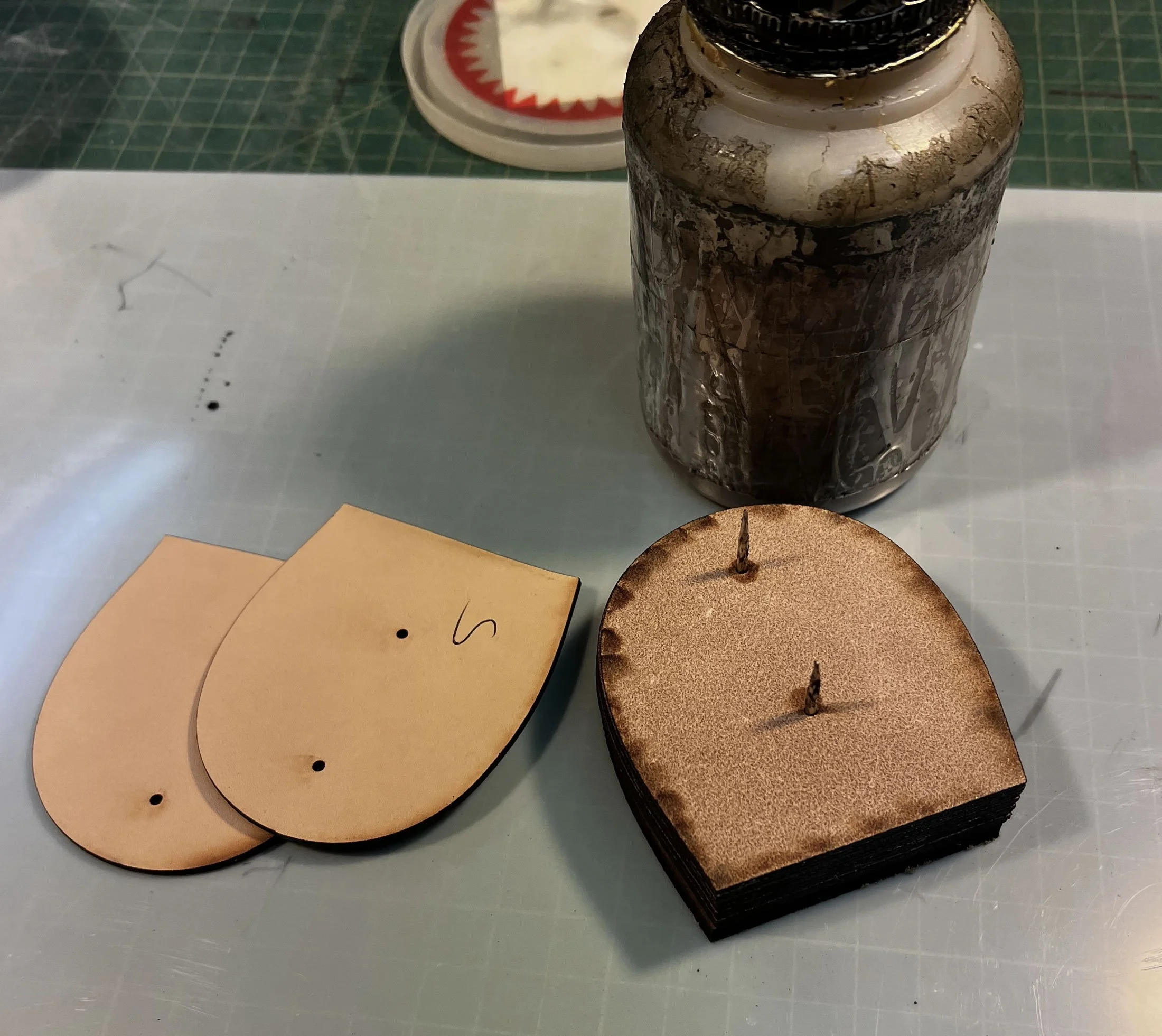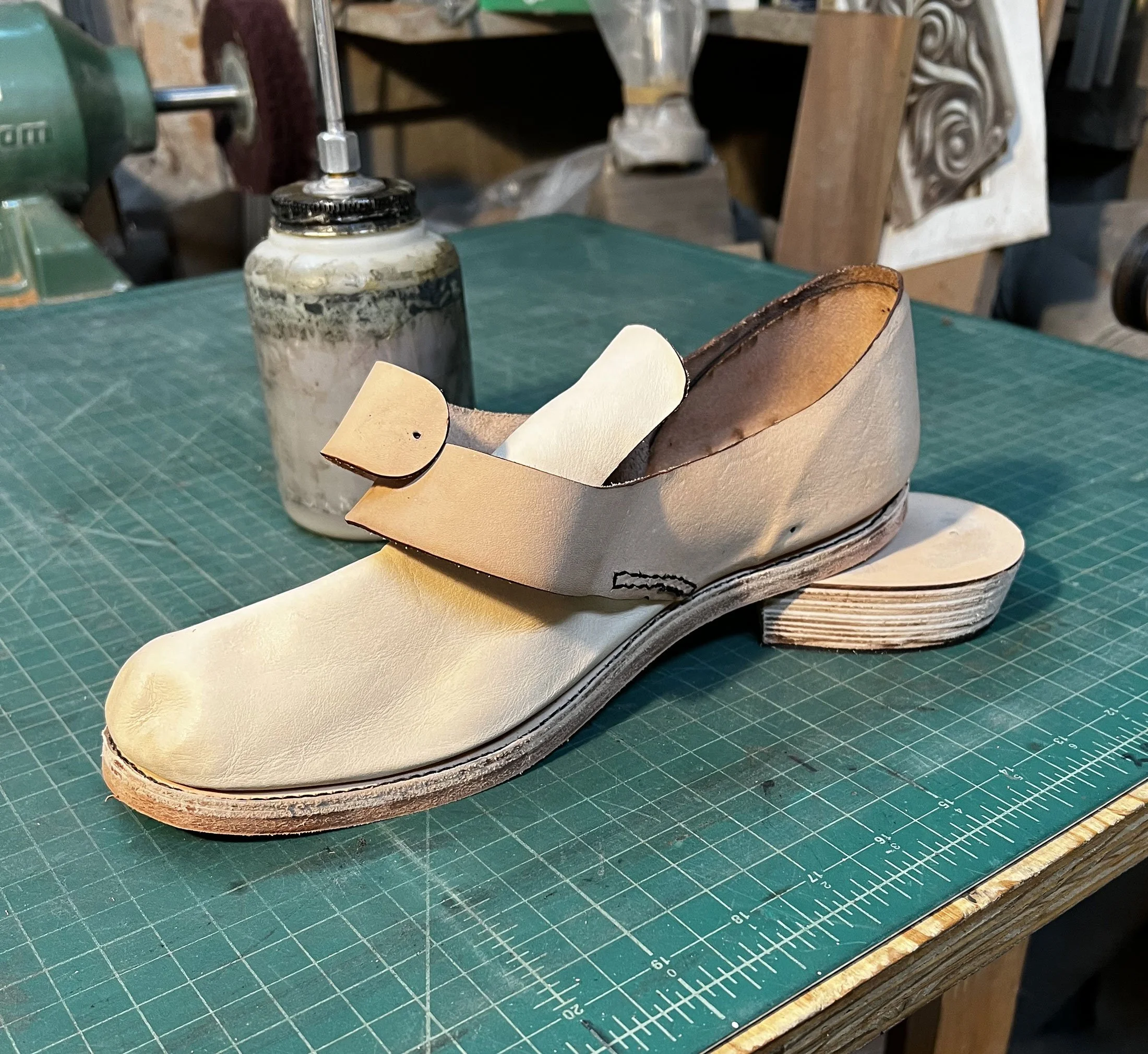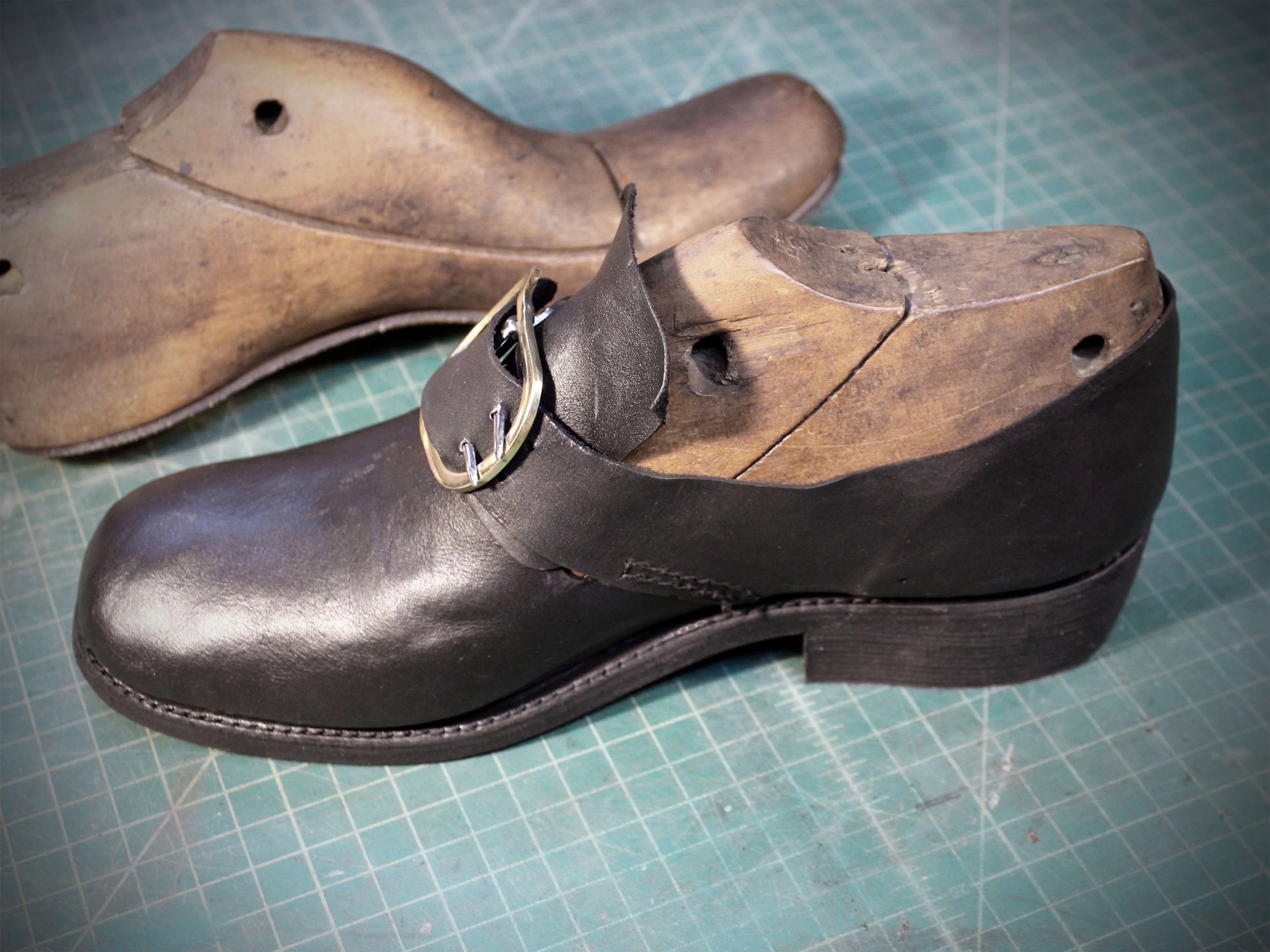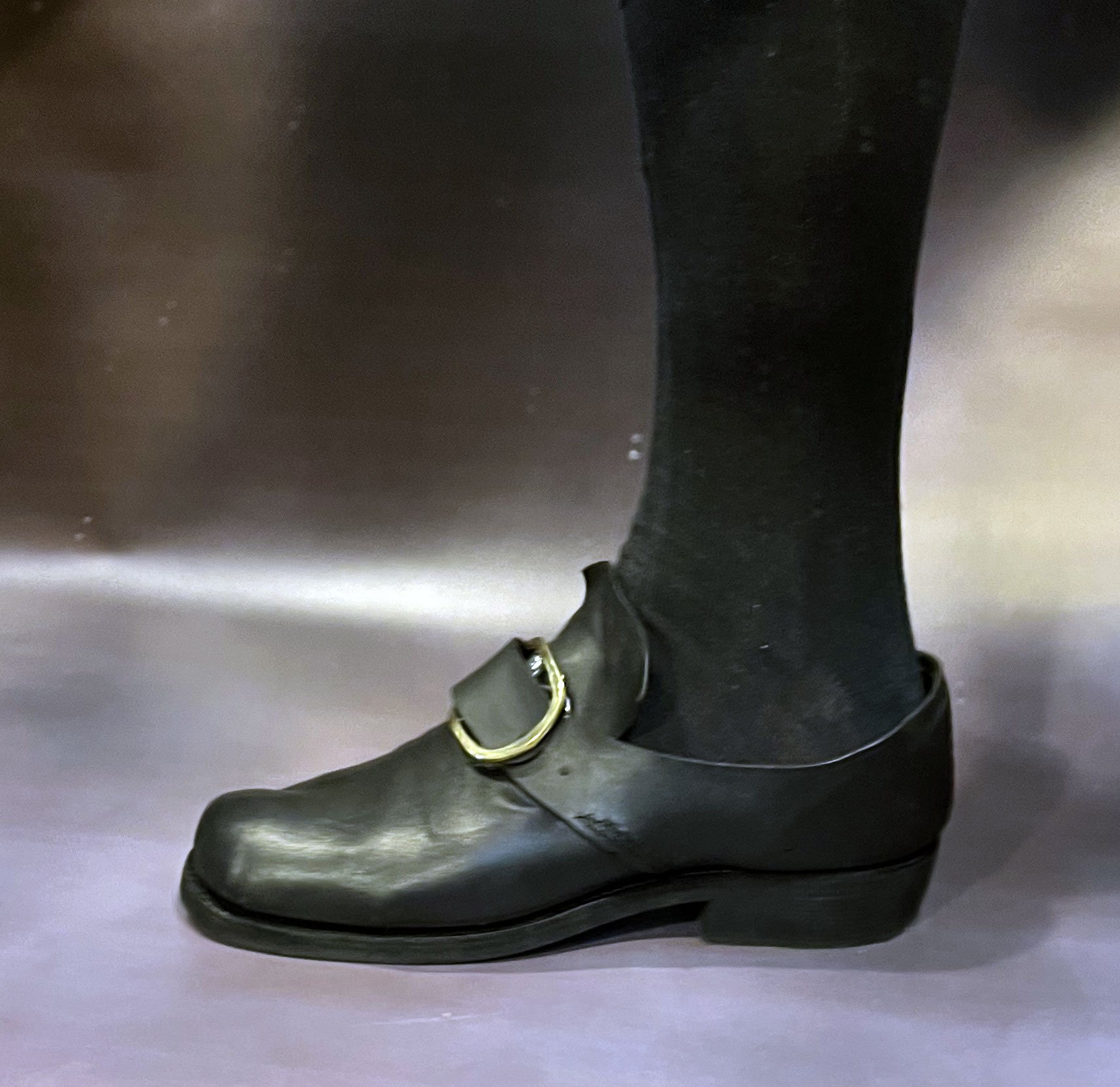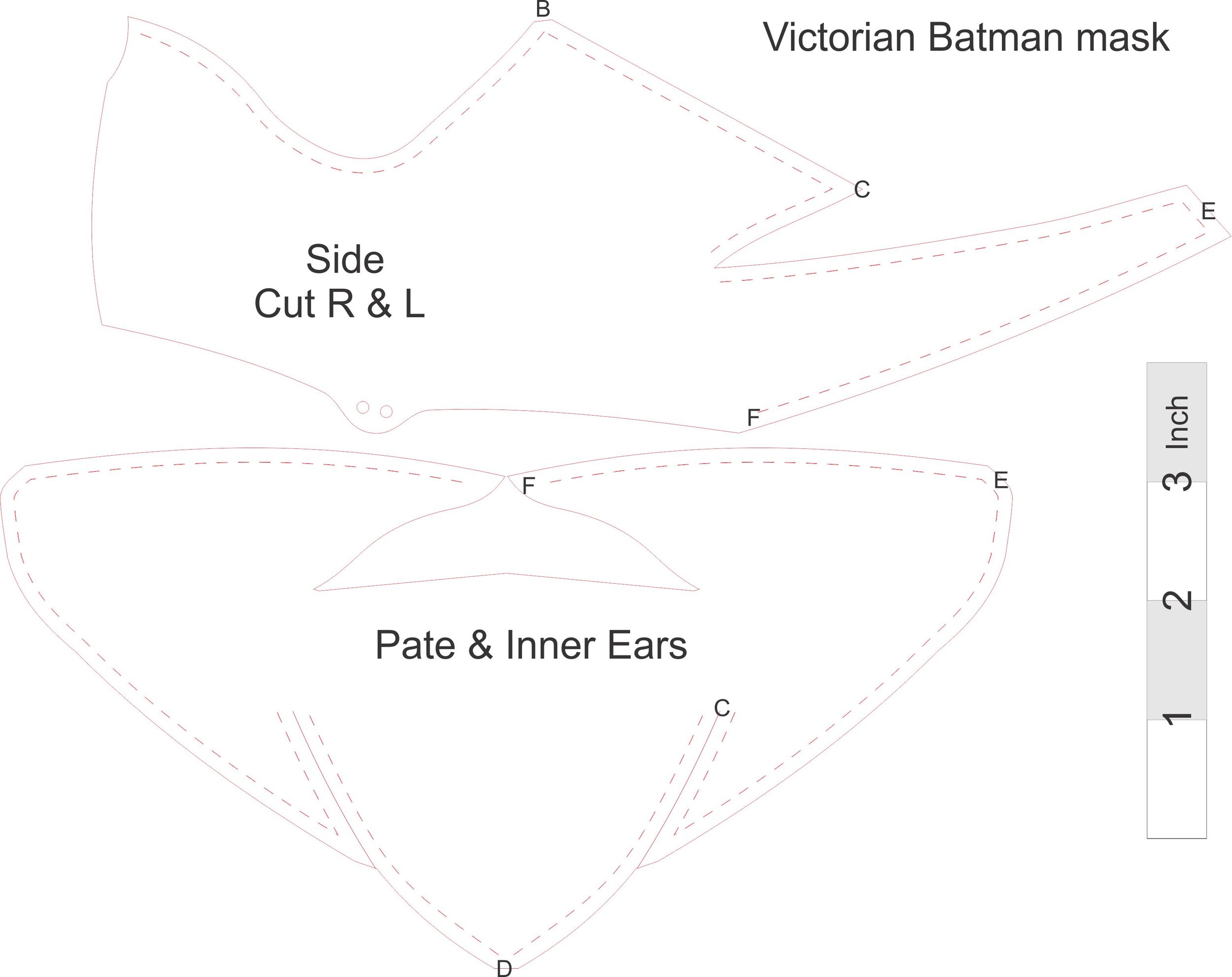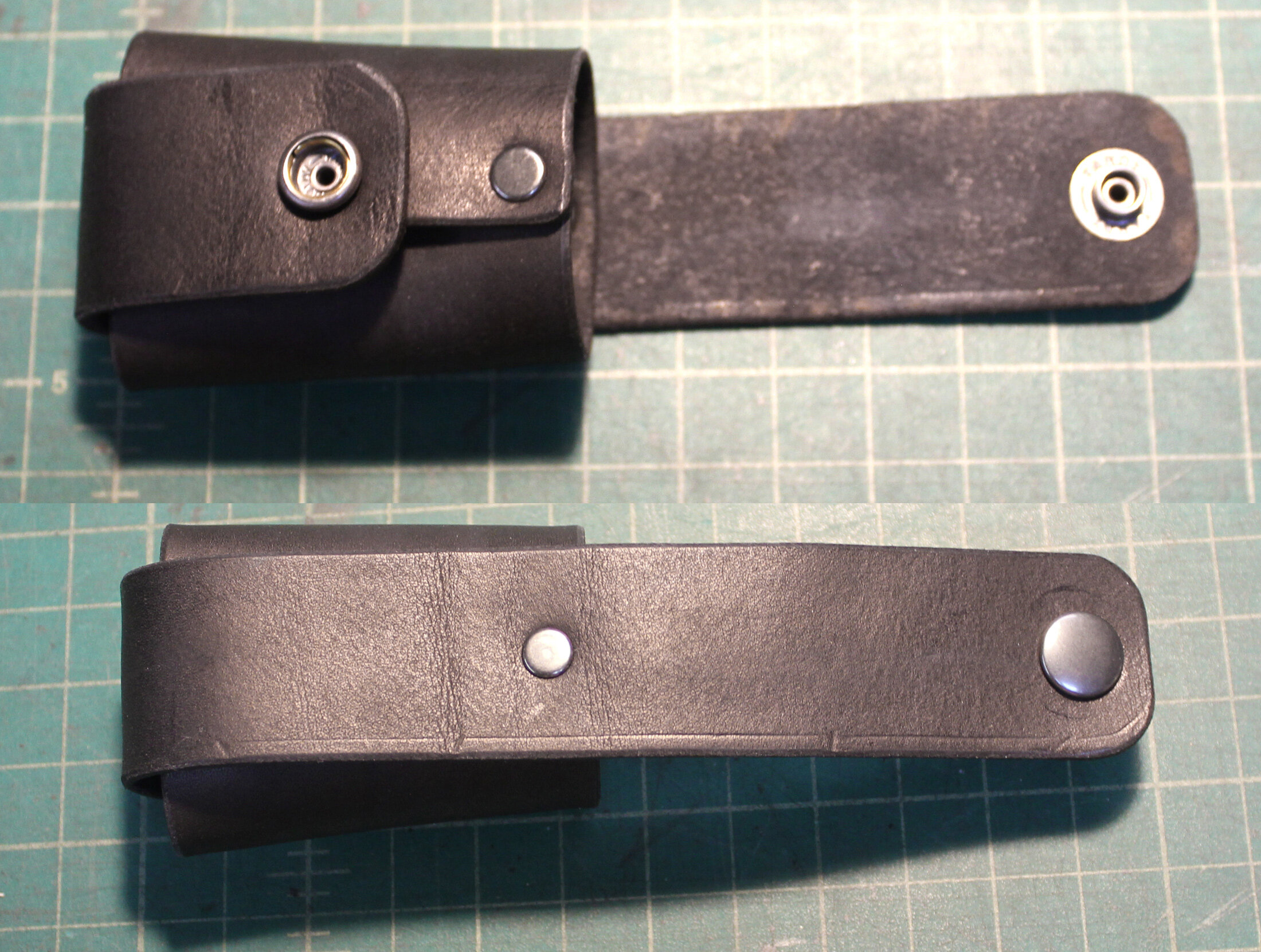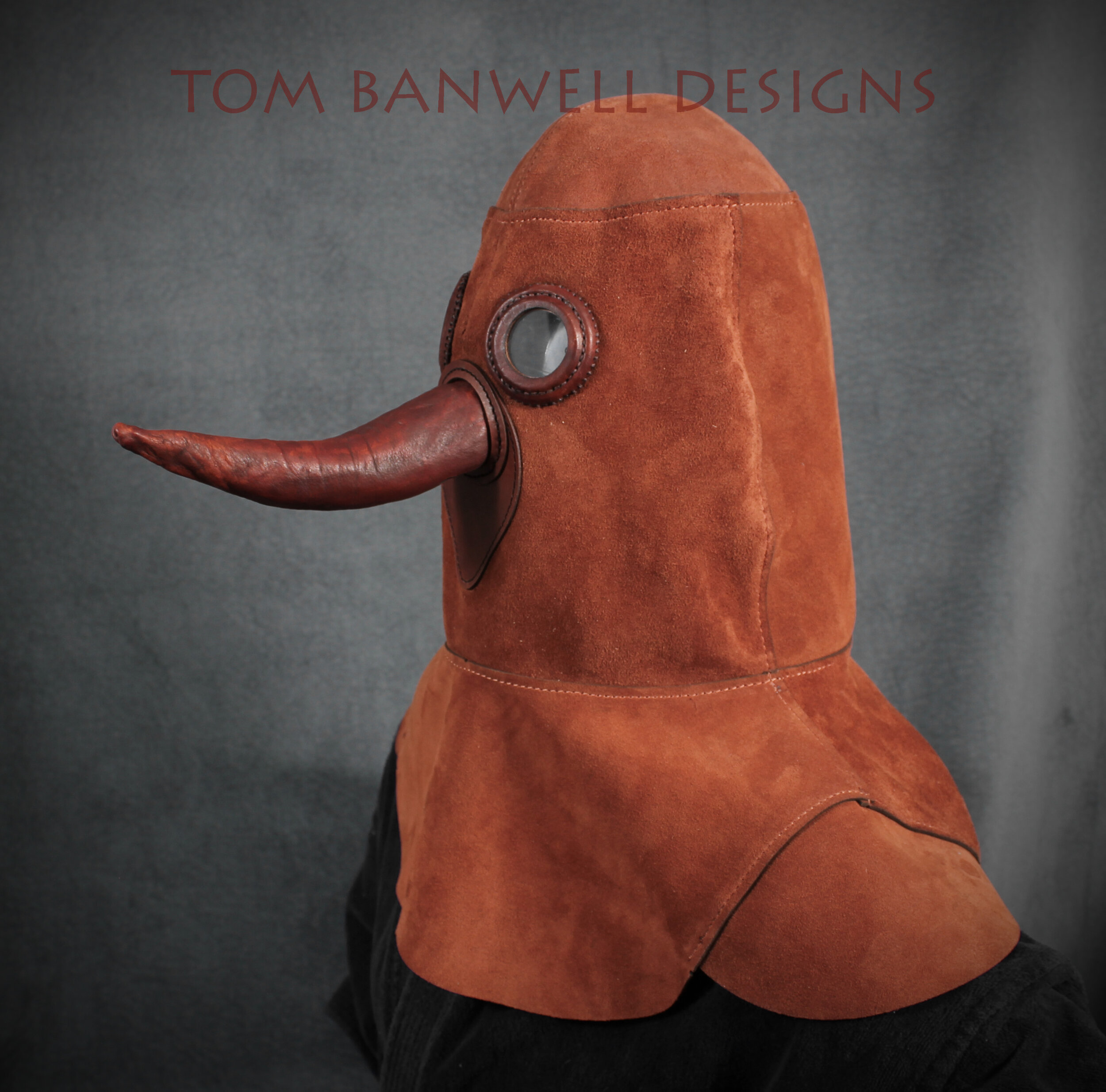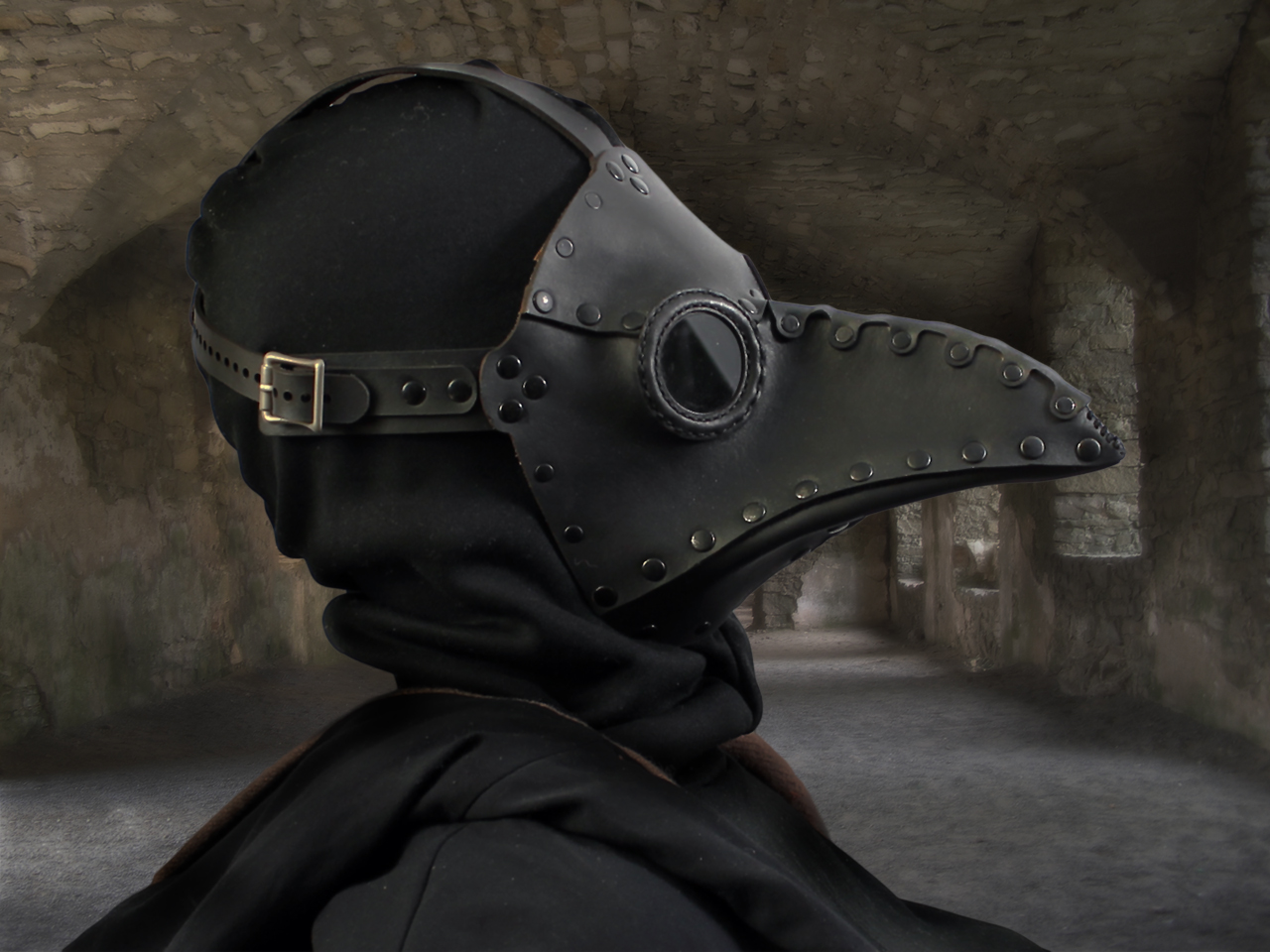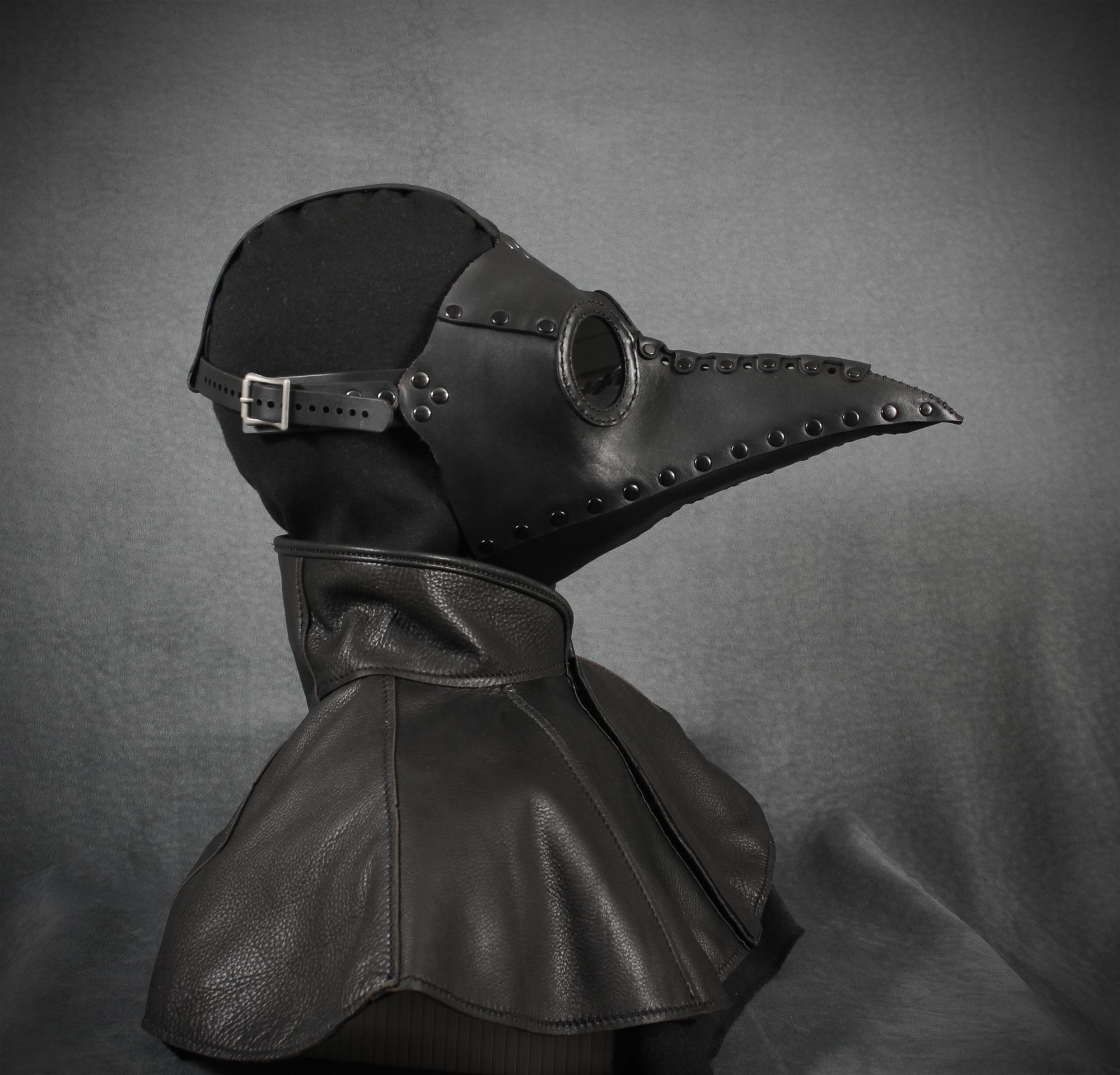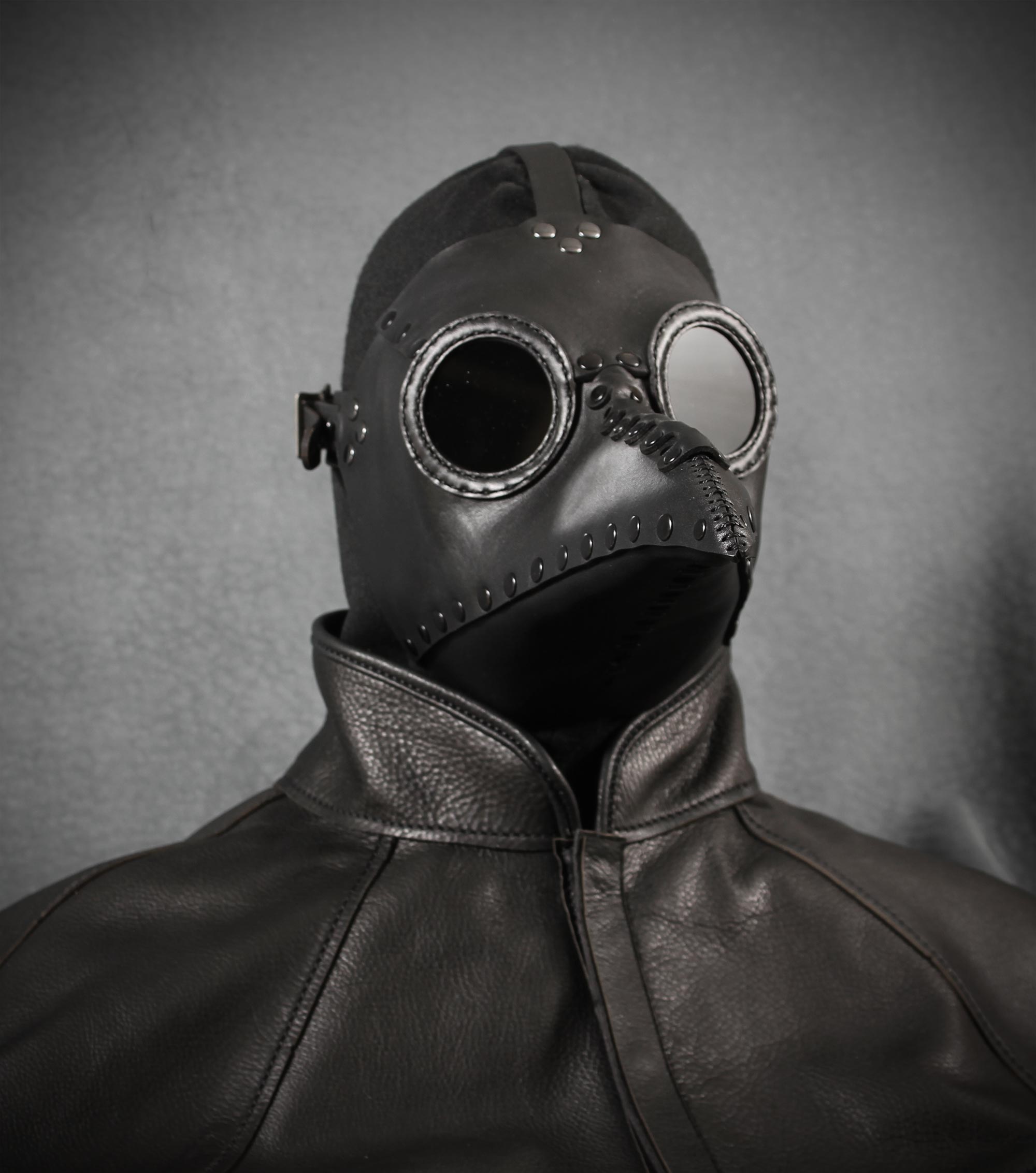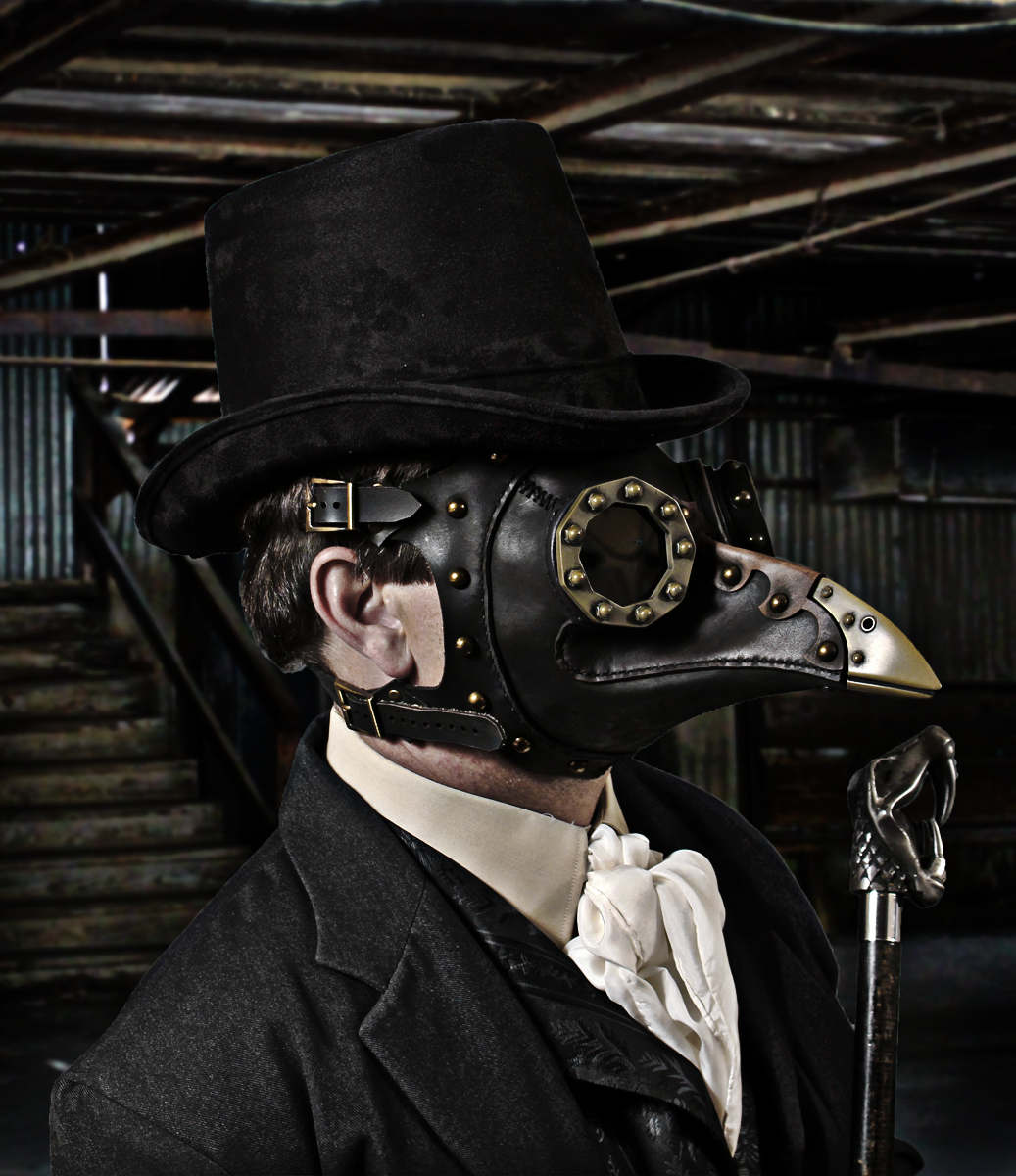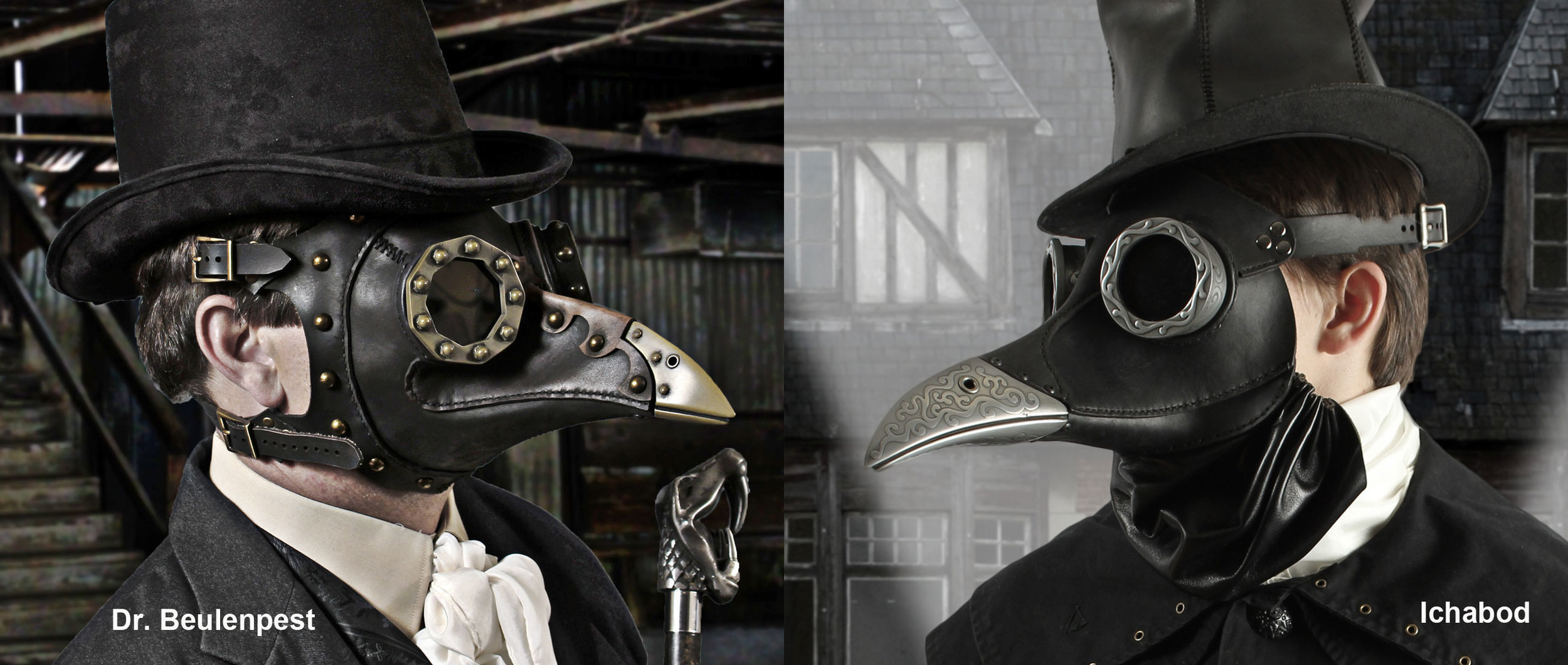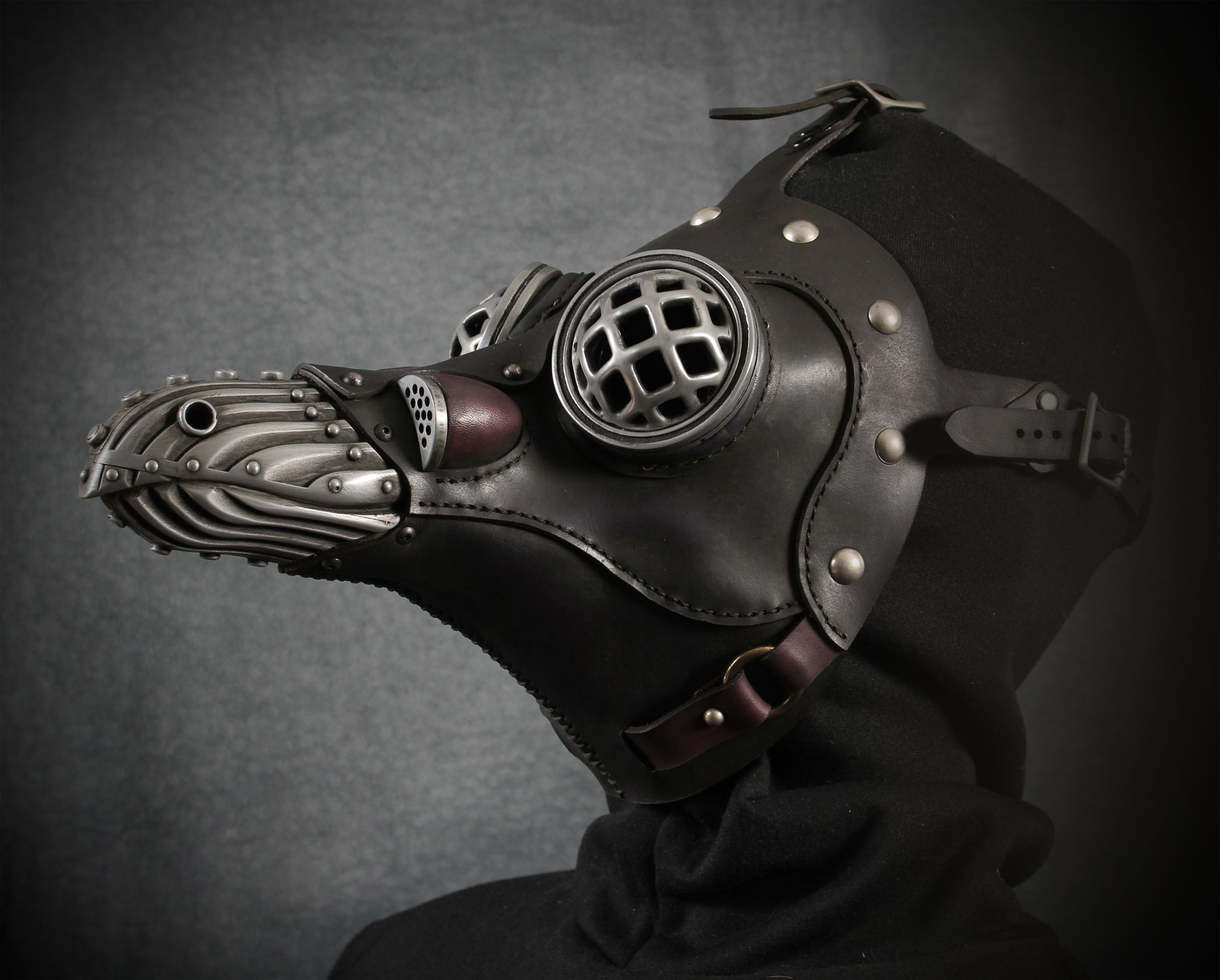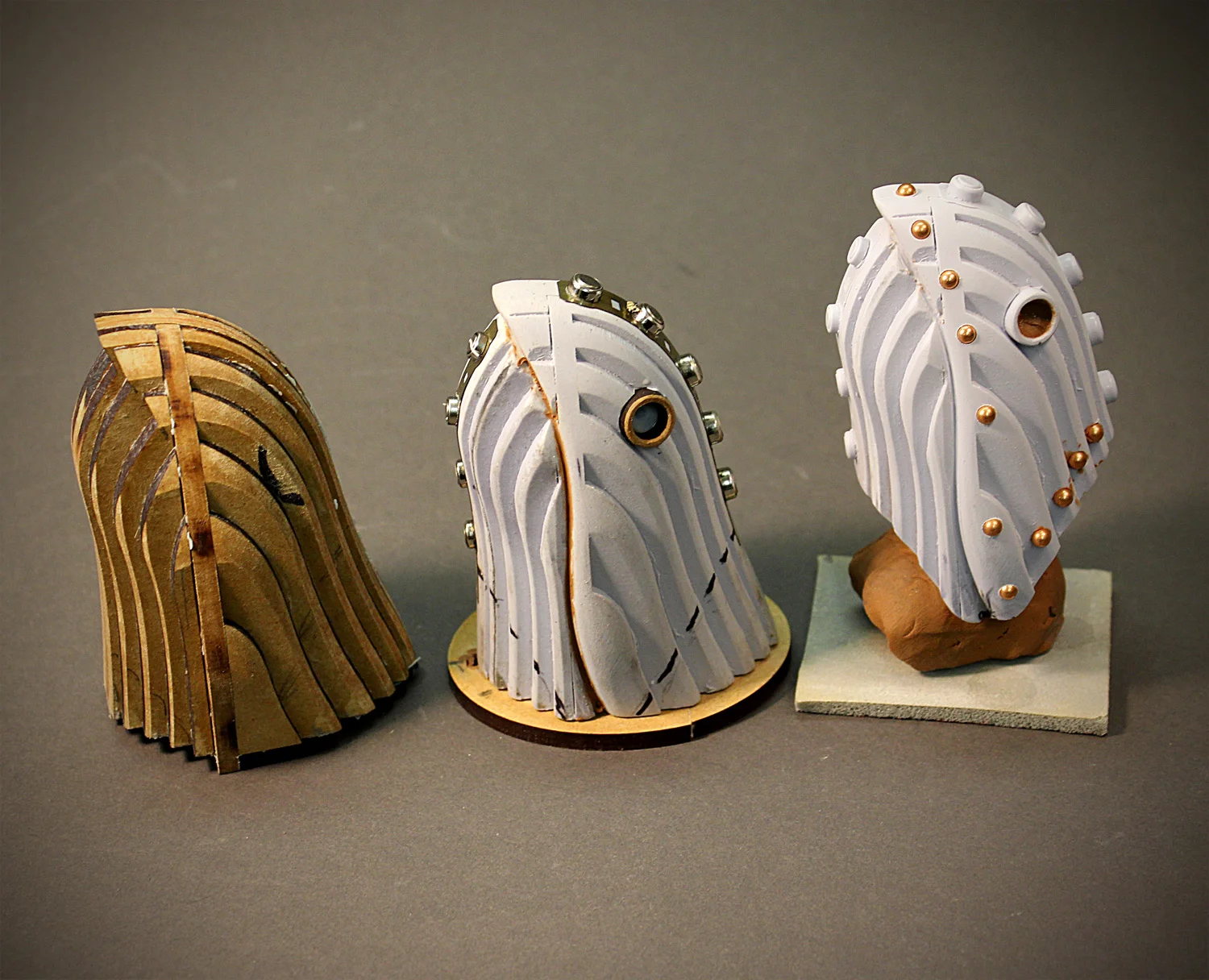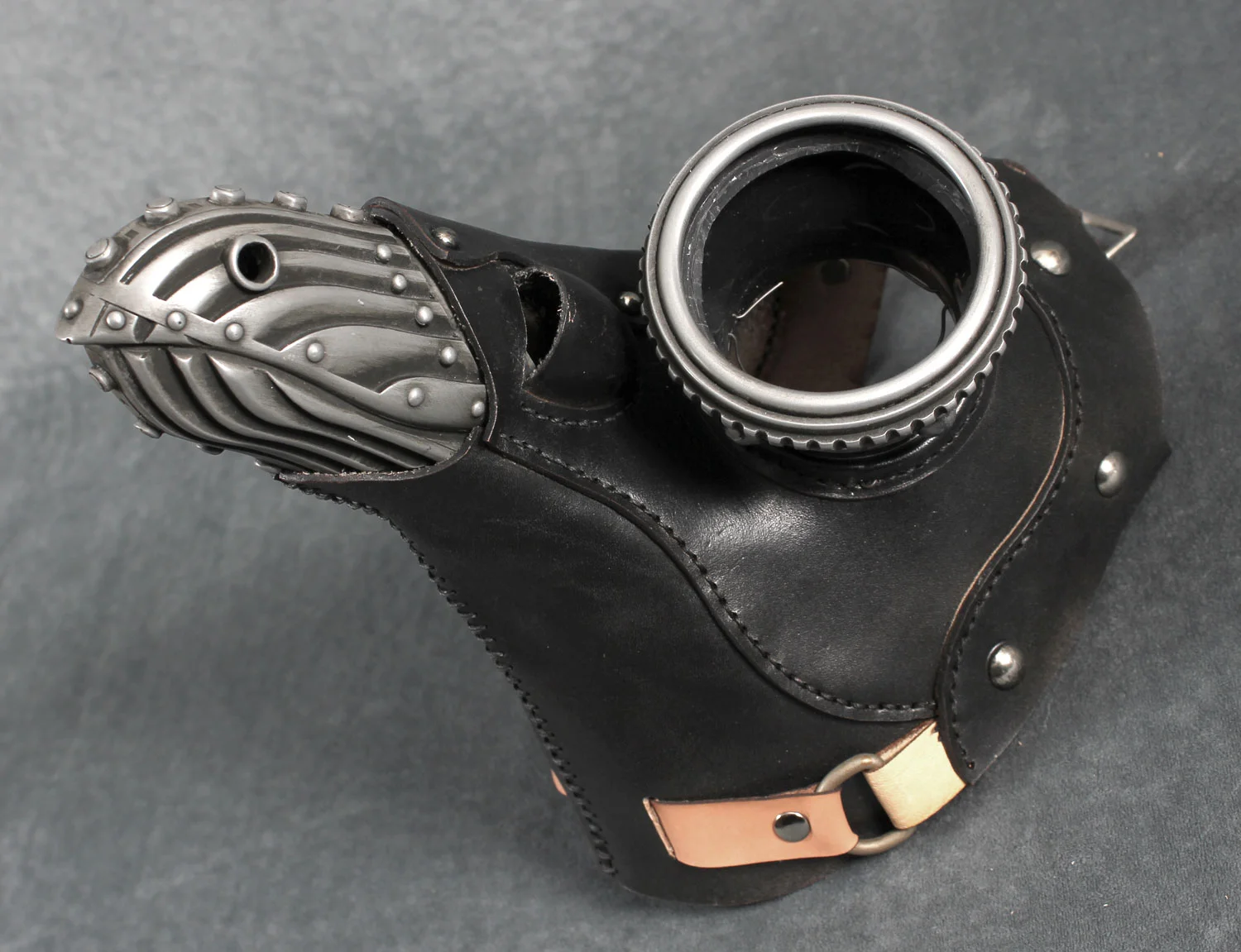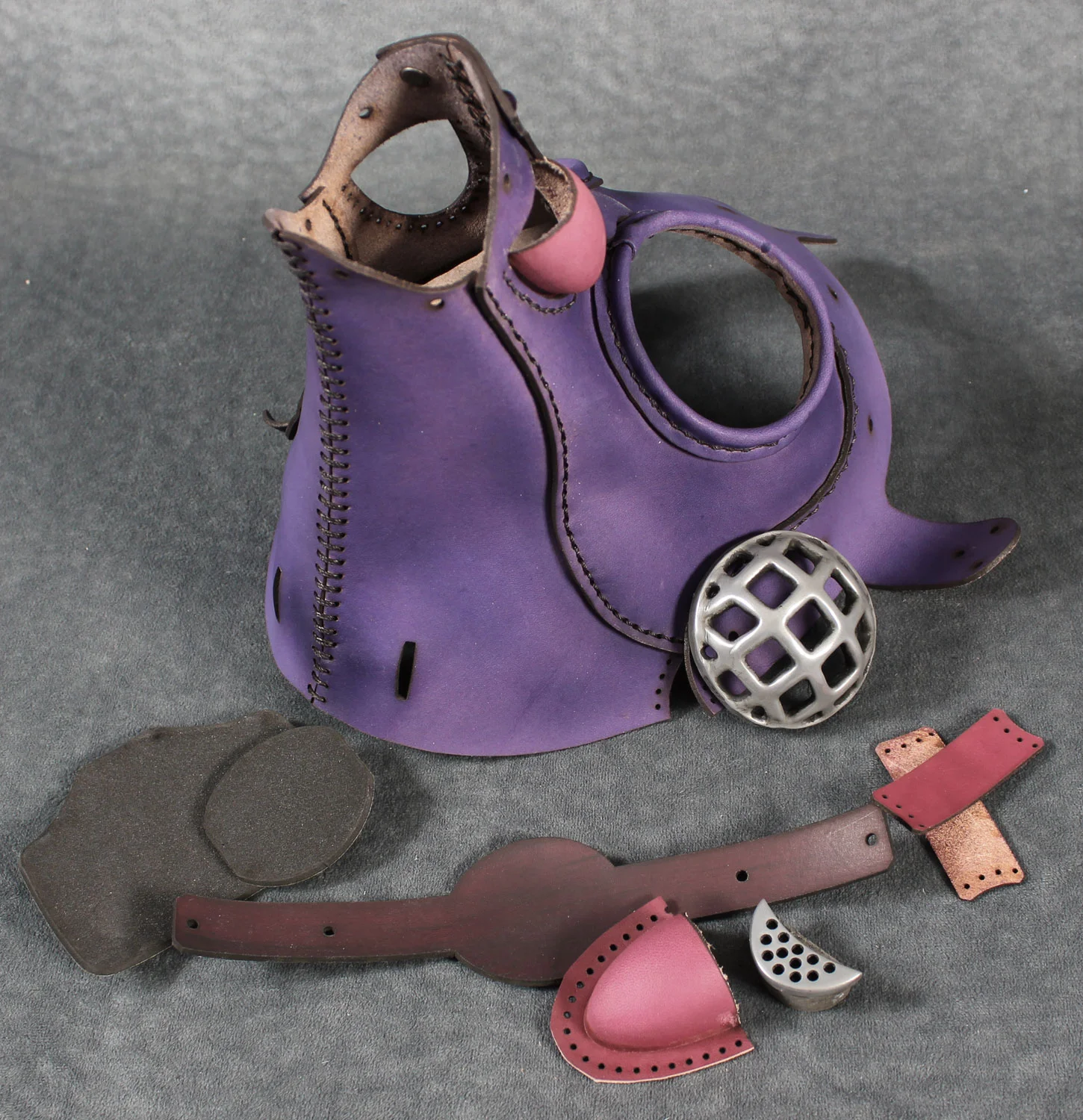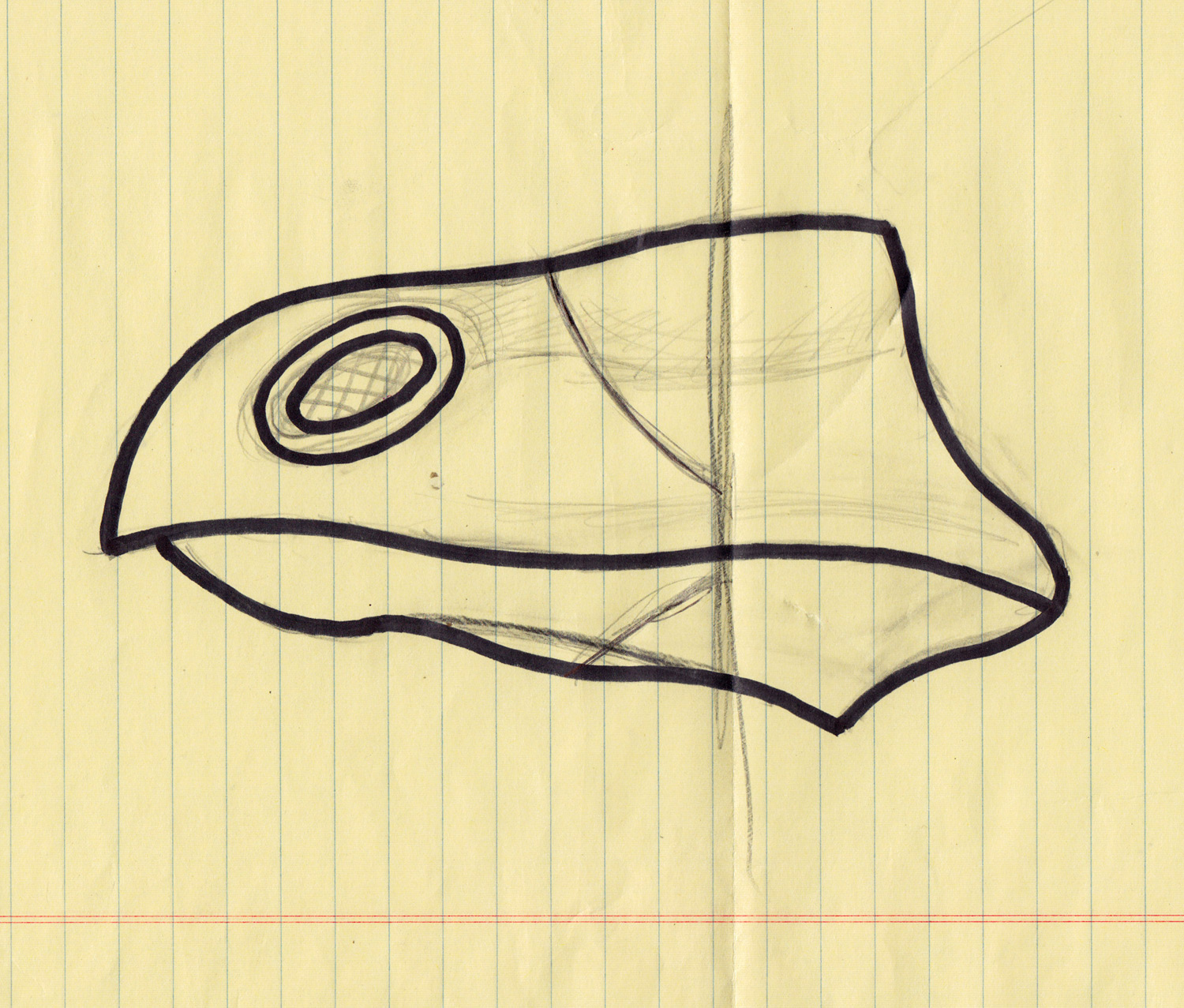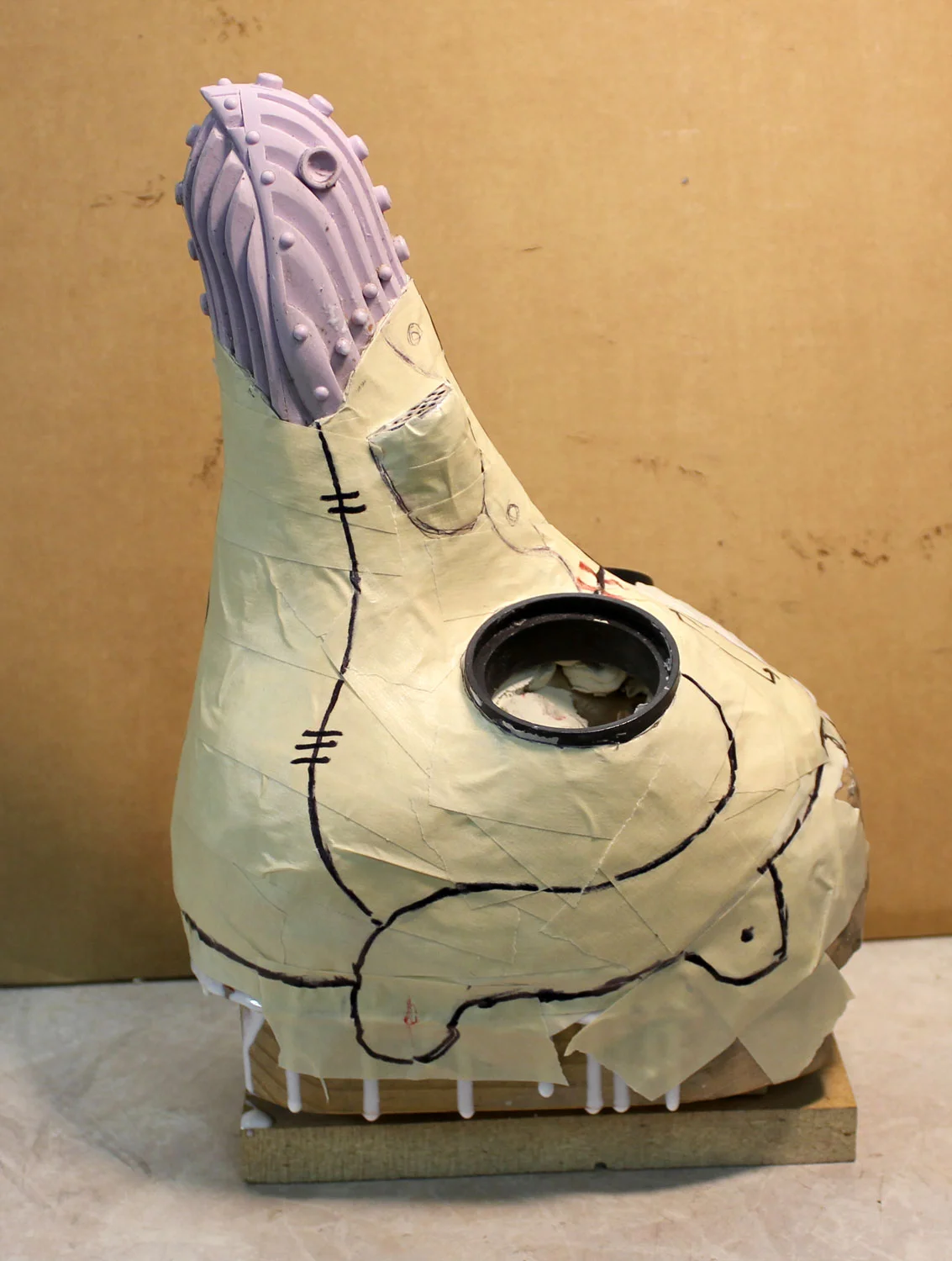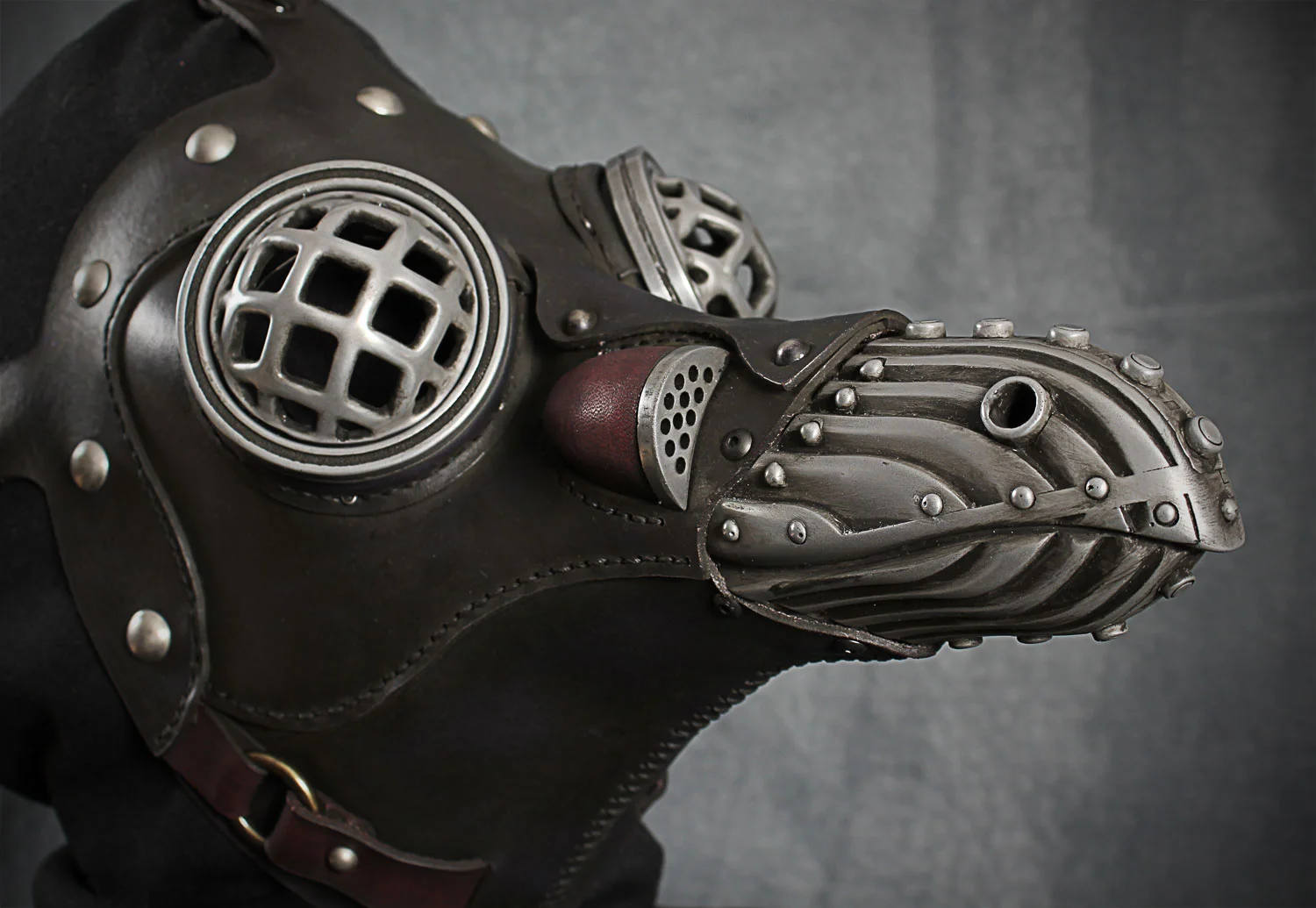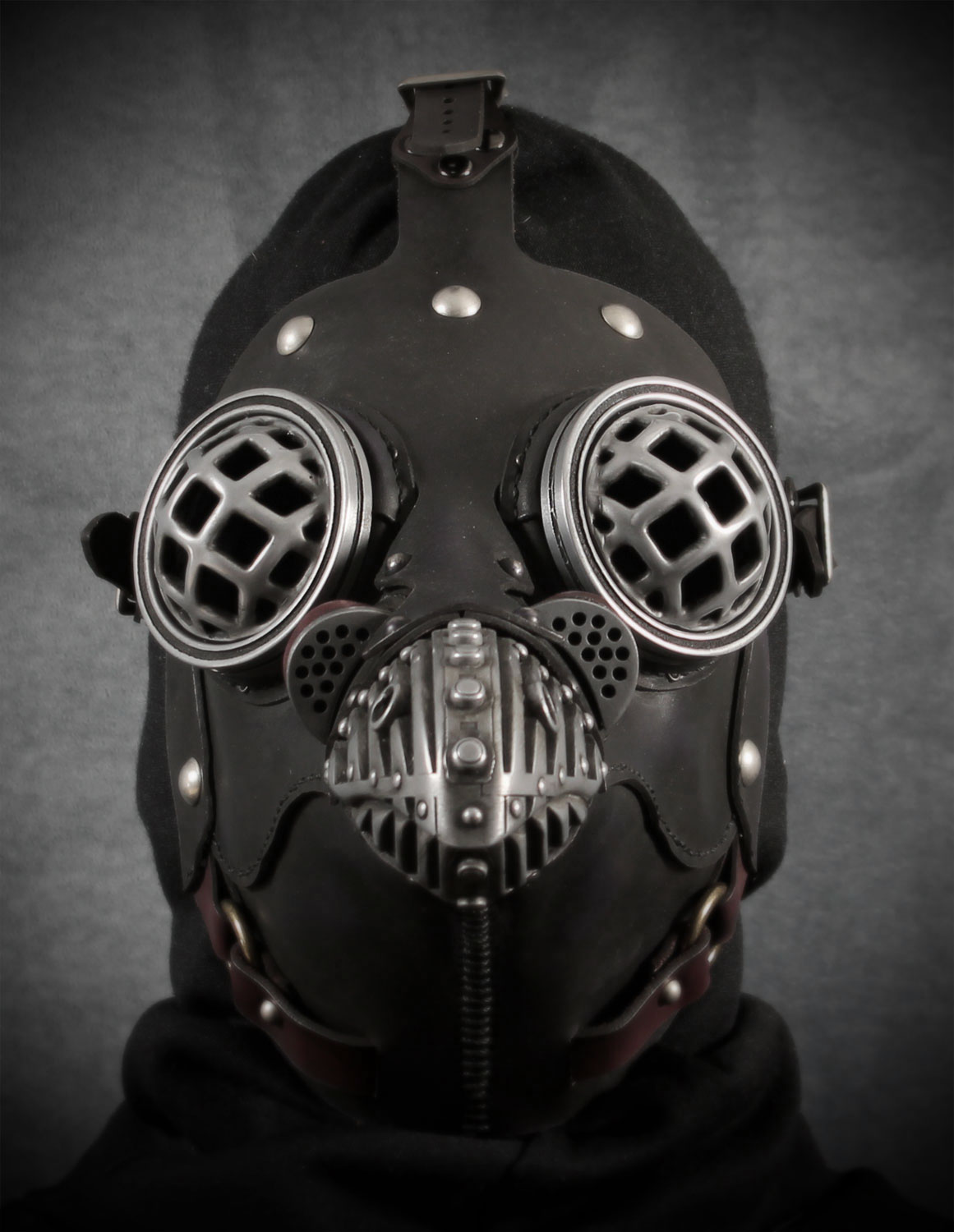The Mask Man
Internationally known steampunk artist brings his leather creations to Chico
By Ken Smith, Chico News & Review
Tom Banwell has been a working artist for most of his life, parlaying his self-taught leather-working and resin-casting skills into a living by making hats and trophies since the 1970s. But it wasn’t until 2008, at the age of 60, that he found true creative success and recognition in an unexpected place—the retro-futuristic fantasy world of steampunk.
Steampunk is an emerging aesthetic rooted in late 19th-century science fiction of the Jules Verne/H.G. Wells variety, complete with its own subculture known for elaborate costumes and homemade machinations, mixing Victorian and Old West-era fashion with a touch of post-apocalyptic devolution. Banwell, known mainly for his elaborate masks, is currently one of its brightest stars, with his work featured in numerous television shows (Smallville, Once Upon Time, Wonderland to name a few), films (indie feature After the Fall), more than half a dozen books on the genre, and international art shows. Though his name is now associated with steampunk, Banwell wasn’t even aware it existed until six years ago.
“I bought a laser engraver for the trophy business, and during a slow time I started wondering if I could use it to cut leather,” Banwell said in a recent phone interview from his home in Nevada County’s Penn Valley. “It worked well, so I went online to see how other people were using that technique, and saw many artists were using it to make masks.”
Banwell decided to try his hand at mask-making, and fashioned a leather mask of a bulldog’s face that he posted on the Internet, with encouraging results: “It was the first thing I’d put online that people actually liked,” he said. “So I thought, ‘Well, I better make some more masks.’”
While looking at the work of other mask-makers, he noticed one artist who used the word “steampunk” to describe her work and, unfamiliar with the term, Googled it.
“I thought, ‘Wow, man, this is something that works for me,’” Banwell recalled. “It involves history, costumes, mechanics and of course the whole fantasy element, all things that I love, so I thought this might be a great genre for me to work in.”
Soon after, Banwell stumbled across a World War II gas mask, and decided to take a shot at the genre, casting components based on the mask’s respirators and goggles, adding bits of metal, and tying it all together into stitched-leather head gear straight from a land of nightmares. He now makes gas masks in various designs, some resembling animals like elephants and aardvarks, and his signature, bird-billed “plague doctor” masks. He also makes filigreed, lacy-looking leather-cut masquerade face coverings that are as feminine and elegant as his darker works are terrifying.
Banwell started selling his masks through his online Etsy store, and business remains brisk—his creations ranging from about $40 for the masquerade-style pieces up to around $400 for gas masks. Critical acclaim also came fast, and less than a year into mask-making, his creations were featured in the first European steampunk art show, at England’s Oxford University, in 2009. Another recent show in which his work appeared—in Seoul, South Korea—was the first steampunk-themed display in Asia, and was so well-received it is now engaged to move to Beijing soon.
Because decades of Banwell’s career were focused more on commercial ventures, and success came late and fast, he missed a few major pit stops along the way, one of which he’ll be achieving with his upcoming local showing at Idea Fabrication Labs—his first solo gallery opening.
Though Banwell said he communicates with other artists in the genre, he rarely attends conventions or other public steampunk-themed gatherings. “I’m 66 now and kind of slowing down, so to me traveling is not that much fun anymore,” he said. “But what I really enjoy is making the stuff and having other people appreciate it, so the more time I spend in my shop, the happier I am.”
Banwell admits it’s been strange to find a following and “be discovered” at the age of 60, and credits his late success largely to the Internet.
“If I’d been born 20 years later, maybe I’d have been this successful 20 years earlier,” Banwell mused. “I kind of wish it happened earlier, but life is good now.”
Leather is the new black in steampunk-inspired show
By John Riggin, Chico Enterprise-Record
An array of mounted heads will adorn the walls at The Idea Fabrication Laboratory, 603 Orange St., on Saturday.
It's not as macabre as it sounds, but Tom Banwell's "Masked Machinations" isn't without it's decidedly macabre inspirations. Banwell, 66, is bringing an impressive offering of nearly 70 of his steampunk-inspired headpieces and leather masks to Chico's cutting-edge art space.
Steampunk style and culture pulls from an alternate timeline of possibilities — a Victorian-style reinterpretation of the world, where ornate craftsmanship and a fascination with early machines meet and prosper. In a steam-powered world, gadgetry resembles clockwork and nothing is without it's own flair.
Banwell's pieces are perfectly suited for the modern man or woman on a time-travelling journey to a grim portrait of a plague-infested London as it looked at the turn of the century. The "Ichabod," a plague doctor's mask, features a custom cold cast aluminum crane's beak and laser-cut metal eyepieces with shaded lenses. The wearer's face and neck are covered in premium leather hand-stitched together with waxed thread, of course.
The UC Berkeley grad has been honing his craft for decades, his background studded with woodworking, resin casting, laser cutting and his main passion, leather working. Banwell made everything from sandals to coats at a shop in Tahoe before launching his own leather hat business in the '70s.
His designs were successful but his creativity and interest in the style of a dramatically different world developed into Tom Banwell Designs, a leading provider of stunning costume creations. Banwell utilizes old world and repurposed materials, modern technology and masterful craftsmanship to deliver a huge line of leather masks and headgear.
Jordan Layman, one of the Idea Fab Labs founders, puts Banwell in a league of his own.
"He's one of the most talented people to come through here, " Layman said. "He has been at it for so many years, he's achieved a level of mastery."
Banwell is also the first artist to put on an exhibition at Fab Labs without a residency at the facility beforehand. He chose to forego the Labs' leather and woodworking studio and laser cutter and work from his own impressive studio in Penn Valley, complete with two laser cutters, a resin casting setup and industrial leather tools.
This will be Banwell's first solo show in 30 years, not to mention the first time he'll be seeing his rather large collection out in one place. The artist has custom designed displays for his numerous pieces, adapting the Fab Labs space into a veritable steampunk boutique.
The show will also feature windows to Banwell's own realm of inspiration. Poster-sized photo illustrations feature soldiers in Banwell's leather and metal gas masks and models with brass ray guns.
Not all of the pieces are so heavy though. The warehouse gallery might resemble a masquerade ball with a broad variety of Banwell's lighter, laser-cut leather masks paired with the facility's colorful LED ceiling. Clusters of hearts, simple superhero silhouettes and bold geometrics in an array of colors build into more dramatic pieces — bird's wings, folded leather rabbit ears and intricate butterfly masks spark flights of fancy.
Banwell's upcoming exhibit is sure to provide a little shock and awe for Chico audiences, bringing his dramatically-styled and striking steampunk creations together to give leather a new life in art.
When/where: 3-6 p.m. June 28 at Idea Fab Labs, 603 Orange St.
Amy Olson, SYNTHESIS Weekly, Chico, California
By now you’ve certainly heard of Steampunk—it’s in the dictionary for pete’s sake. You’ve seen movies like The League of Extraordinary Gentlemen and Van Helsing, you’ve noticed little bits of re-imagined Victorian fashion and technology woven through television and comic books and half the costumes at Burning Man.
What you may not realize is that along the way you’ve probably seen the art of Tom Banwell.
Tom Banwell is a craftsman—an artist who walks between the fantastic and the practical. His leather masks, hats, and helmets typify the strange beauty of a dystopian future that never was: crow-beaked plague doctors, elephant and aardvark-faced mutants who are well prepared for gas attacks, masquerade balls full of woodland creatures and elemental super heroes.
His work has made its way into Once Upon a Time in Wonderland, So You Think You Can Dance, Smallville, Gossip Girl, One Tree Hill, The Cape, Vogue Paris, pretty much every book ever written about Steampunk art and costumes, and museum exhibits from Seoul, South Korea to Oxford, England. Somehow, through all that, he hasn’t had a solo exhibition in 30 years. Until now. And, it’s in Chico.
By now you’ve certainly heard of Idea Fab Labs—it’s been on our cover for pete’s sake. You’ve seen their incredible maker-oriented exhibits, and heard about their laser cutter, 3D printer, and their stunning, possibly-too-hip to be so far from the Bay LED ceiling—wait, what? You haven’t? You mean you don’t read this paper religiously and remember everything we’ve ever written? Well, to be fair, that cover story was just before I started here, and this paper sucked (kidding!).
OK, for those of you just joining us, Idea Fab Labs (or “the Fab Lab,” as we call it in the biz) is located at 603 Orange St. It’s “a member- driven creation zone,” a warehouse space with all kinds of tools and materials for making art happen. Aside from the aforementioned laser cutter and 3D printer, they have traditional fabrication tools and spaces for woodworking, electronics, jewelry making, and textiles. They hold classes and host exhibitions, and you (yes, YOU!) can become a member for a nominal monthly/quarterly fee that varies based on the services you want access to. Also, they have an LED ceiling that’s like a crazy upside down disco. (If you can upside down disco dance, I just made your day.)
Coming up on Saturday (June 28th) from 3-6pm, there will be a reception for Tom Banwell’s first solo exhibit in 30 years (I know I just said that, but it’s sort of a big deal and we’ve established that you have a bad memory): Masked Machinations. It’s FREE, suitable for all ages, and open to whomever feels like dropping in and being amazed. I encourage you not to show up wearing your homemade alternate-reality-firemaster mask and helmet, you’ll just embarrass yourself.
